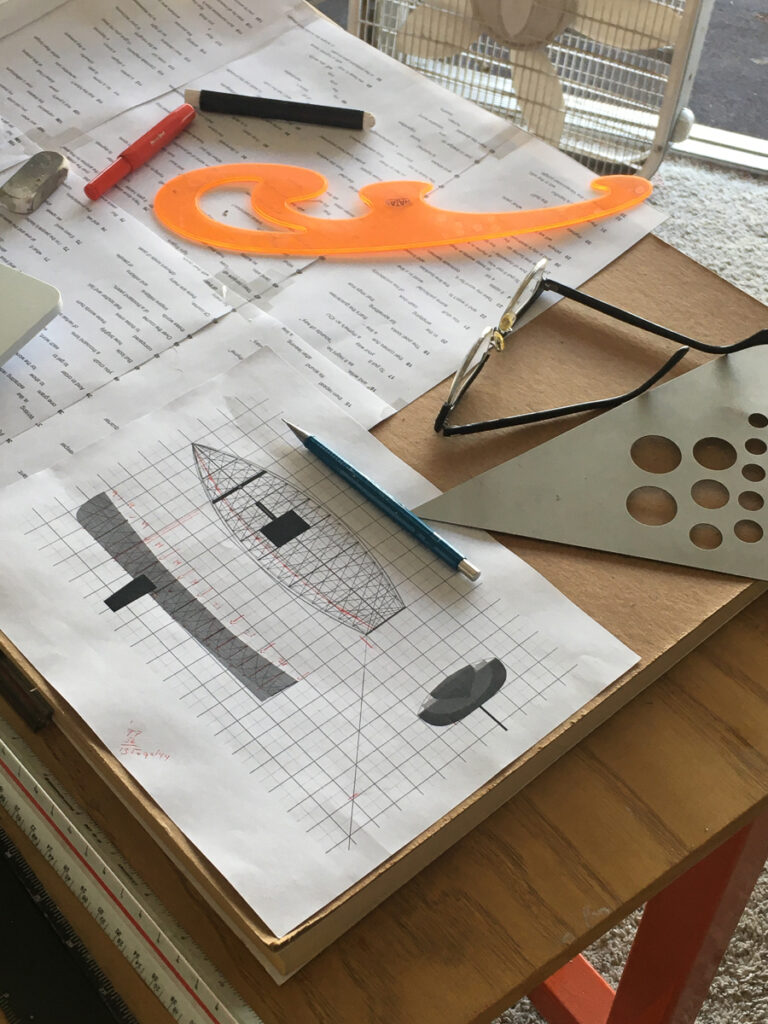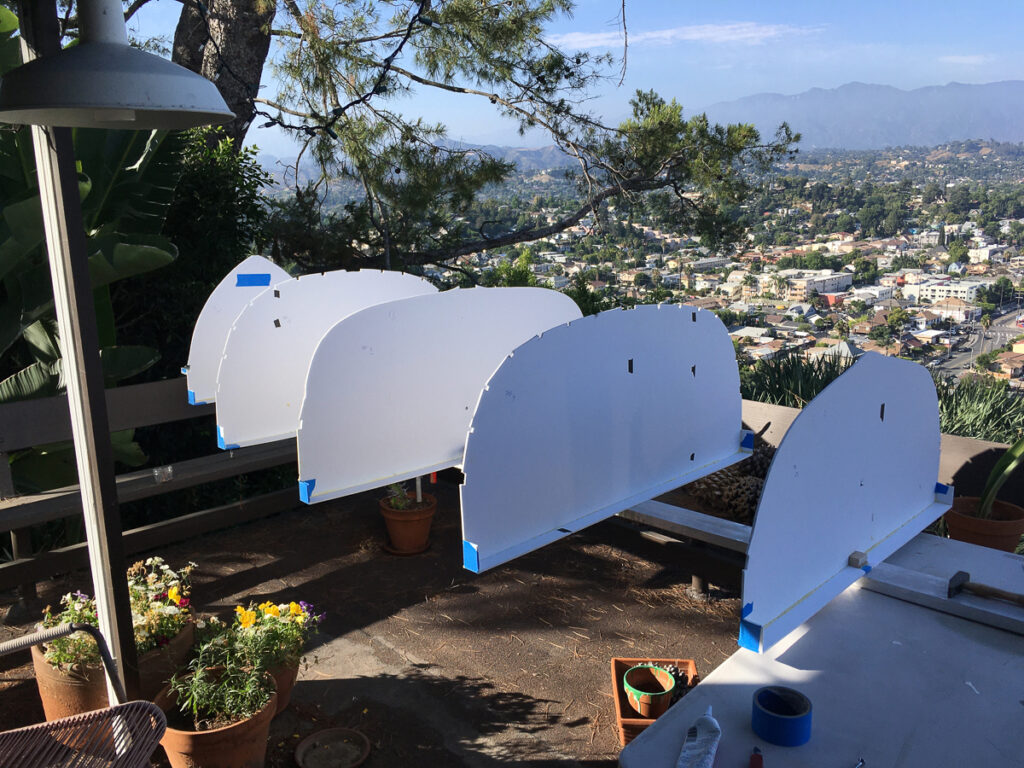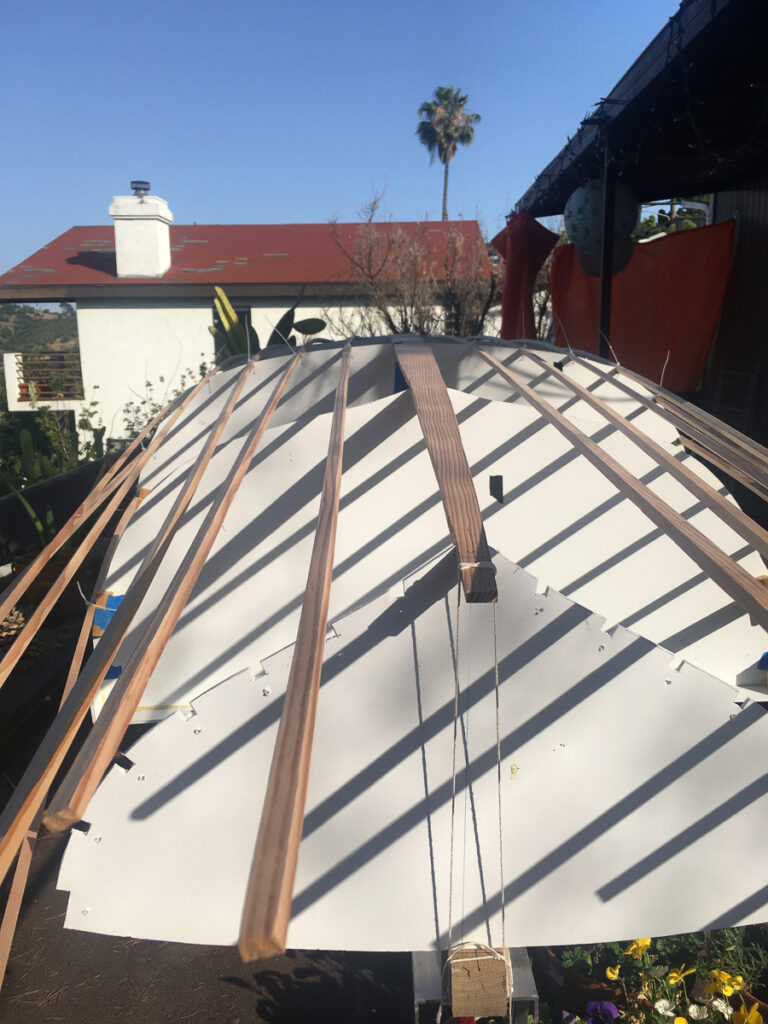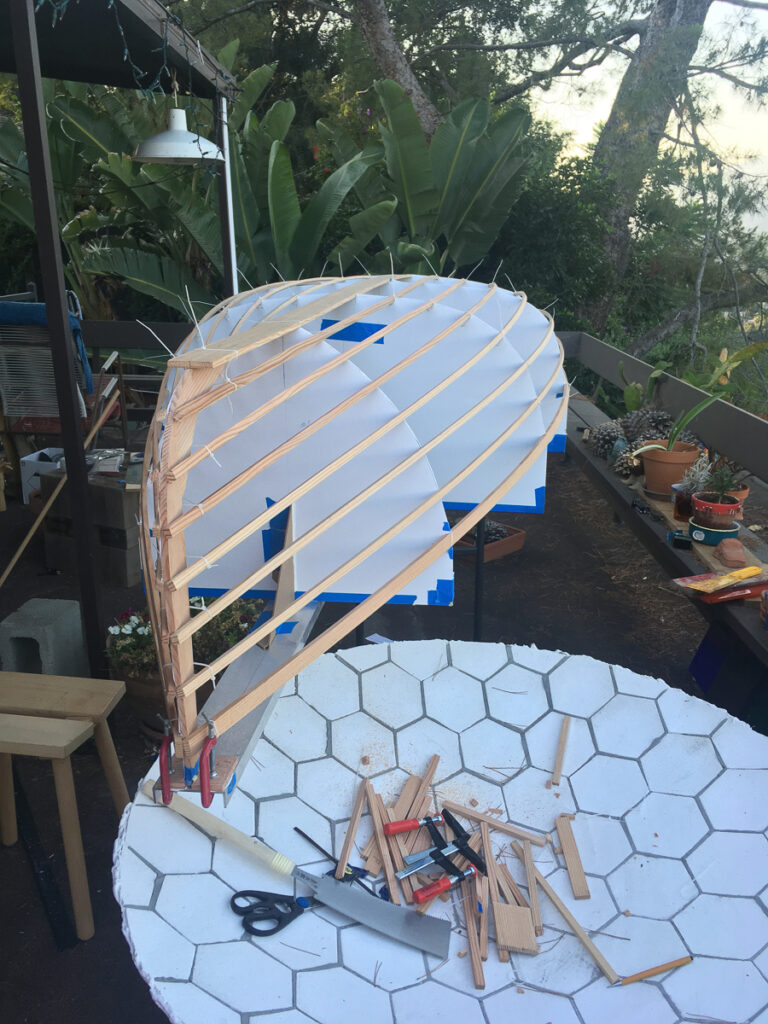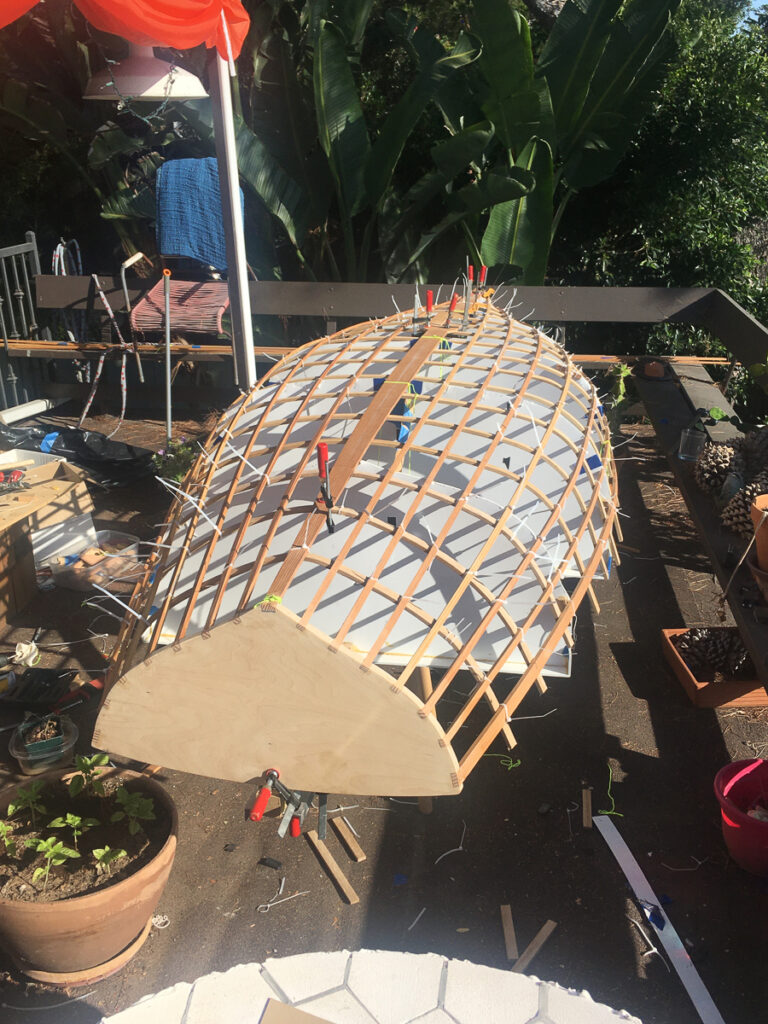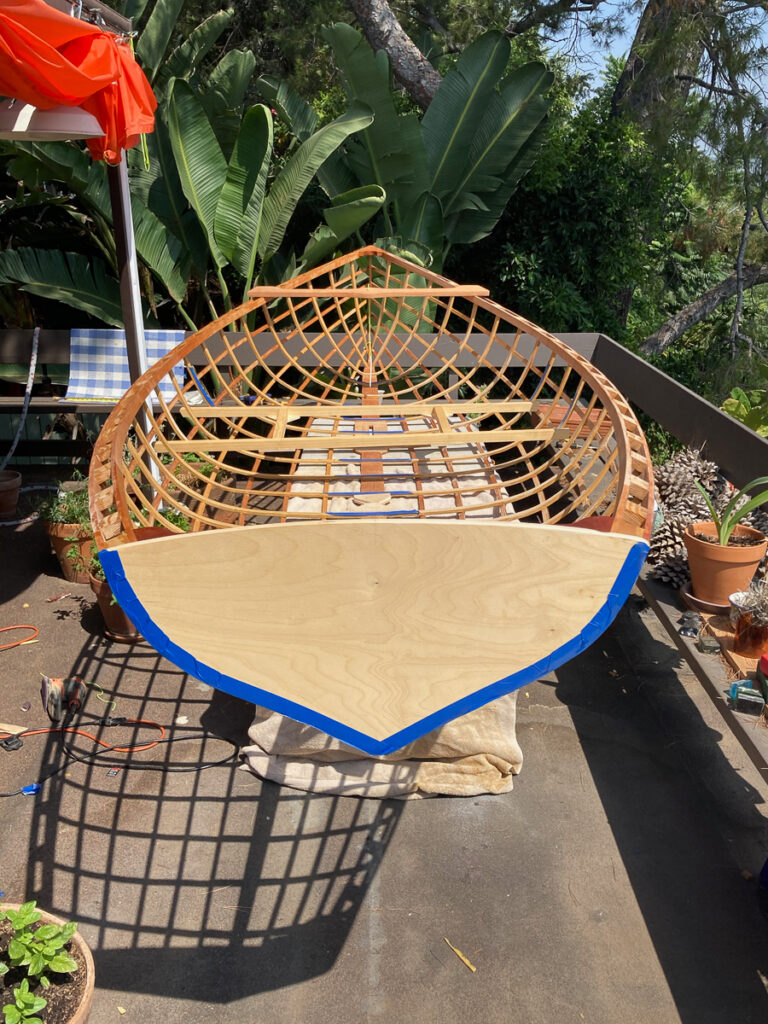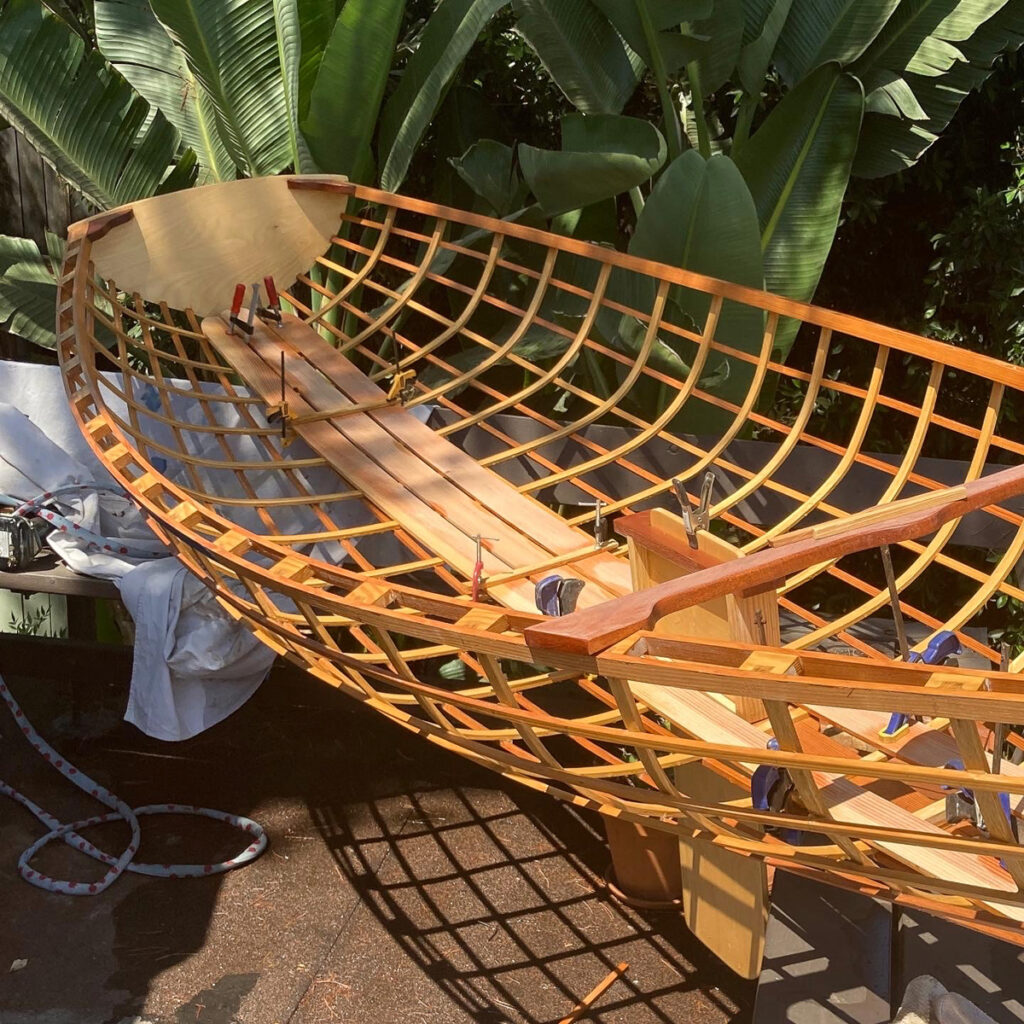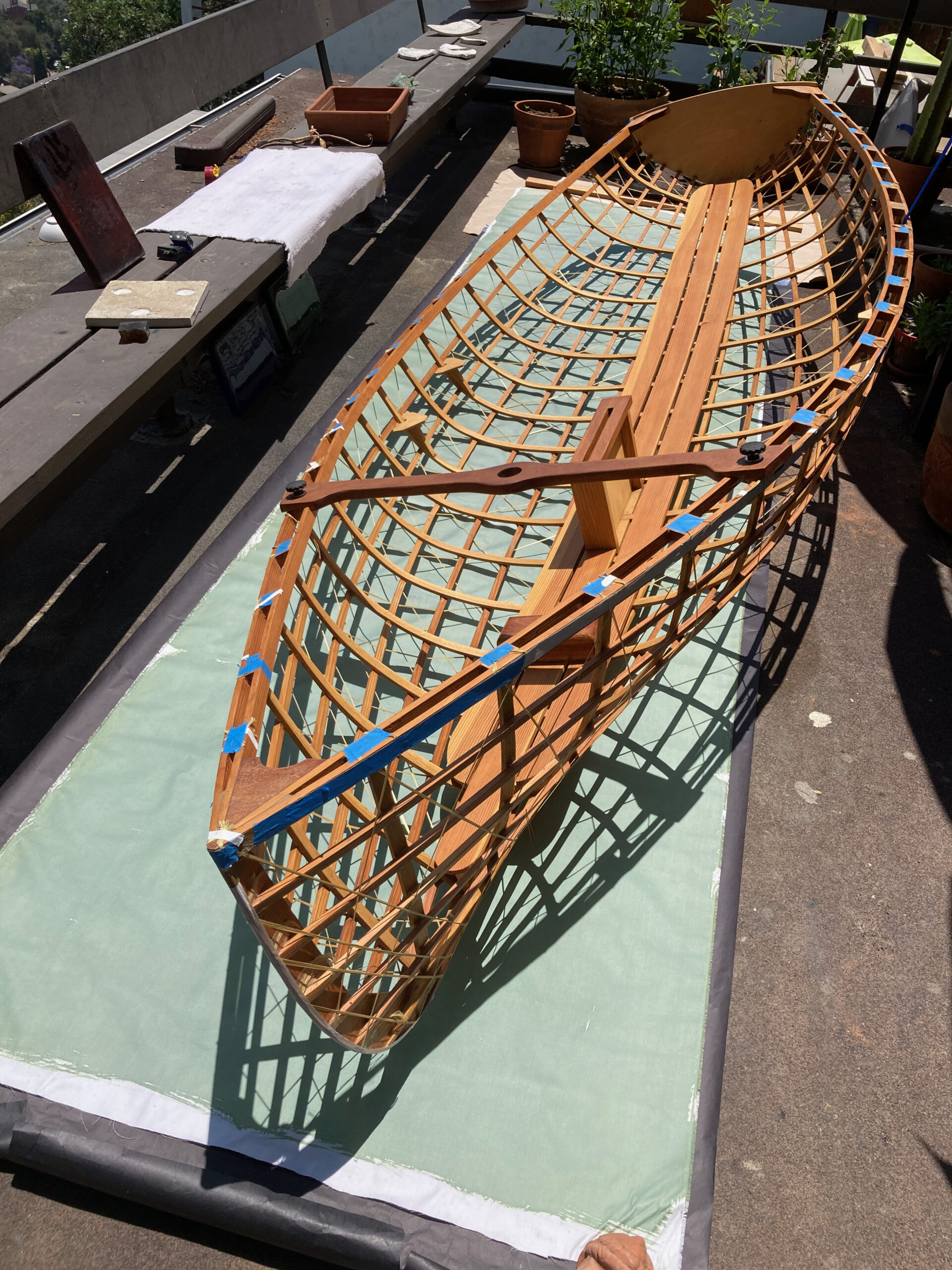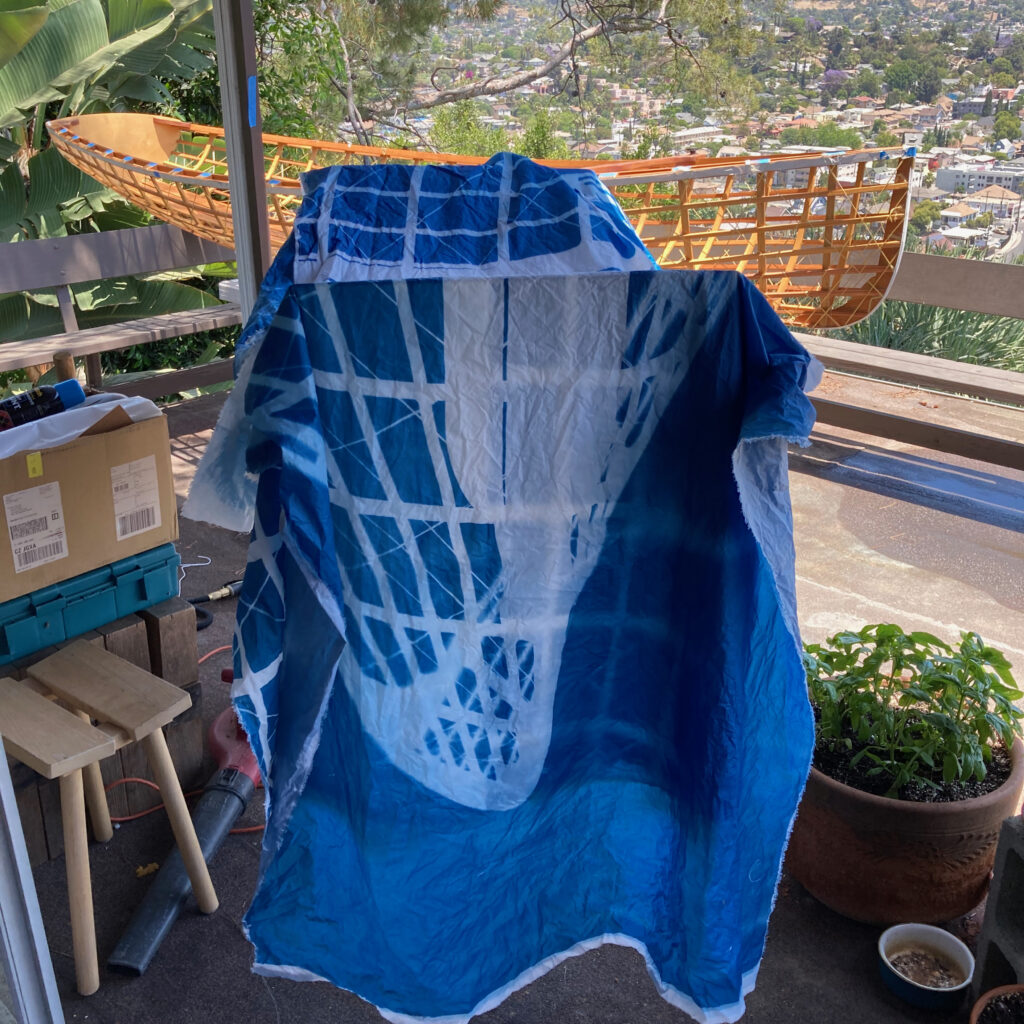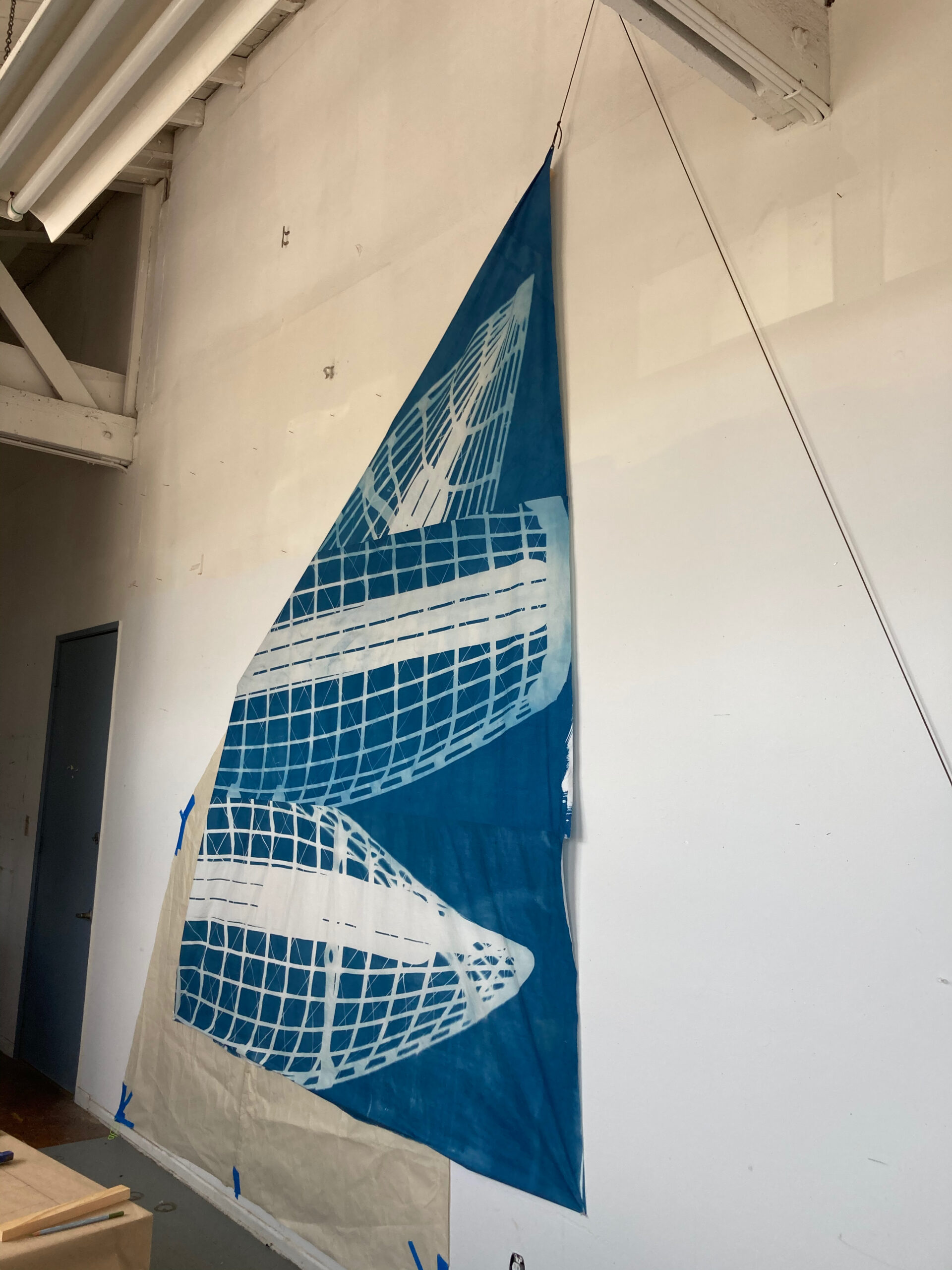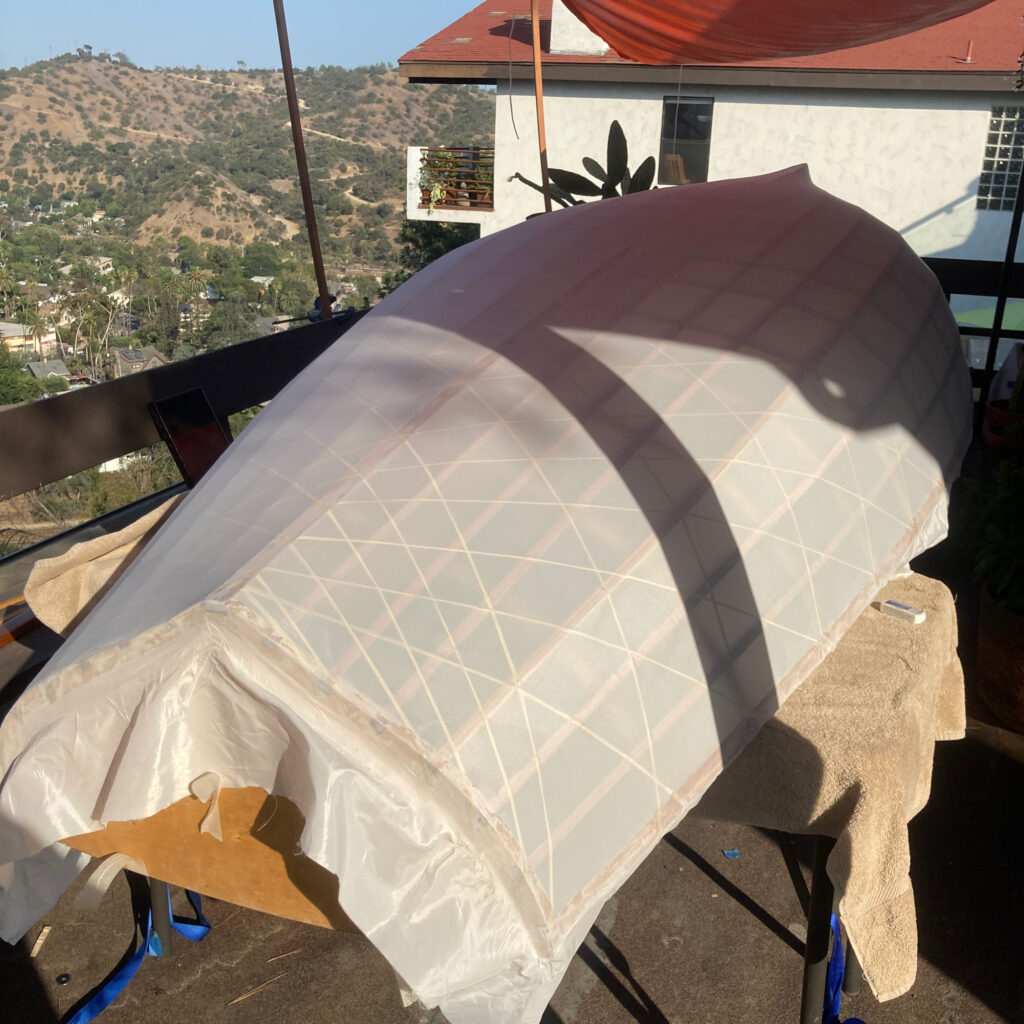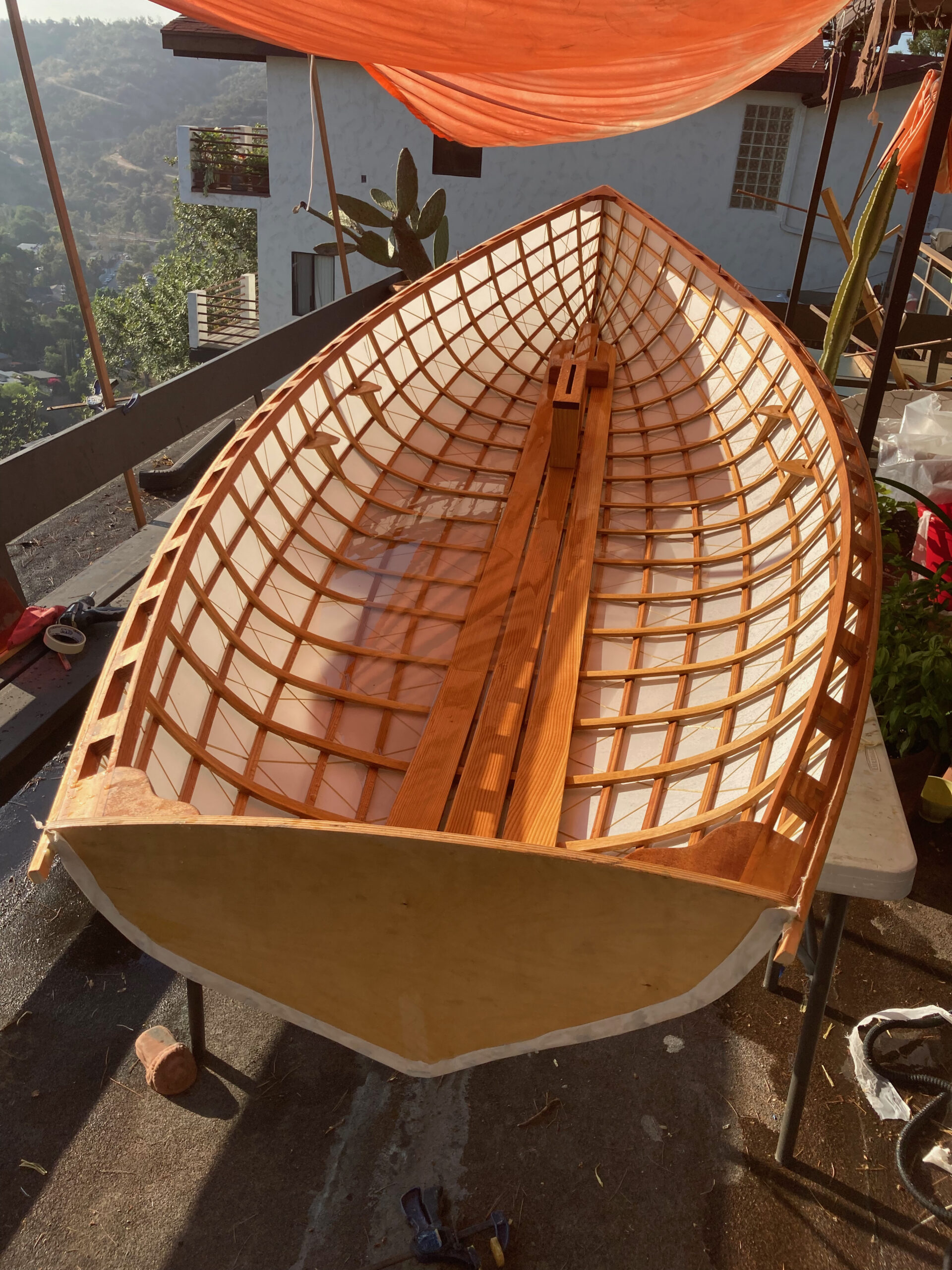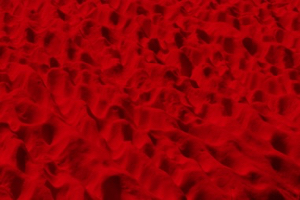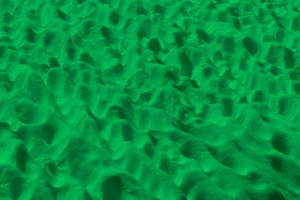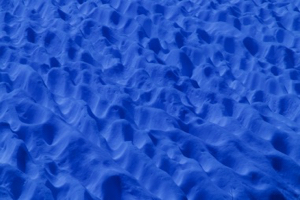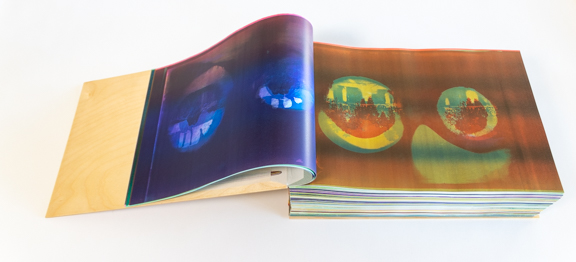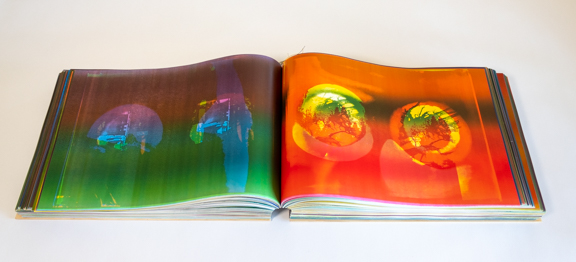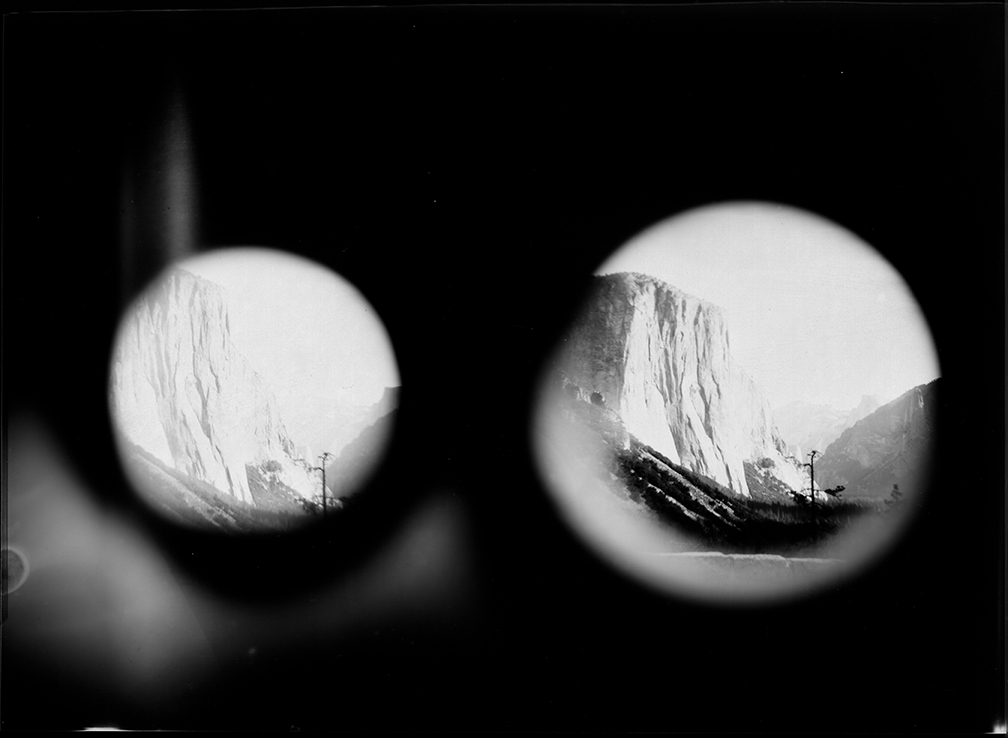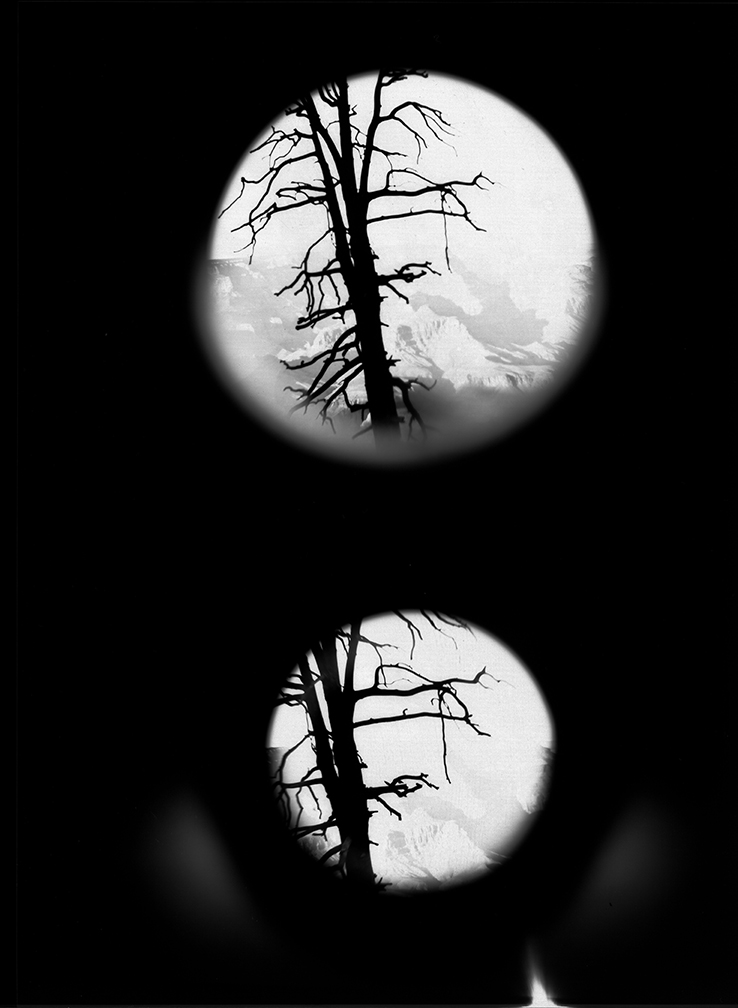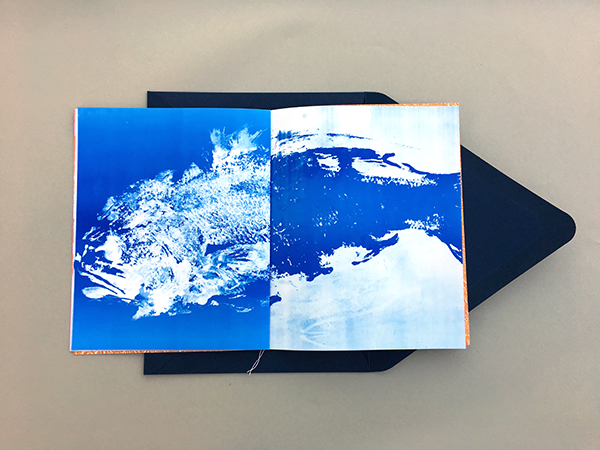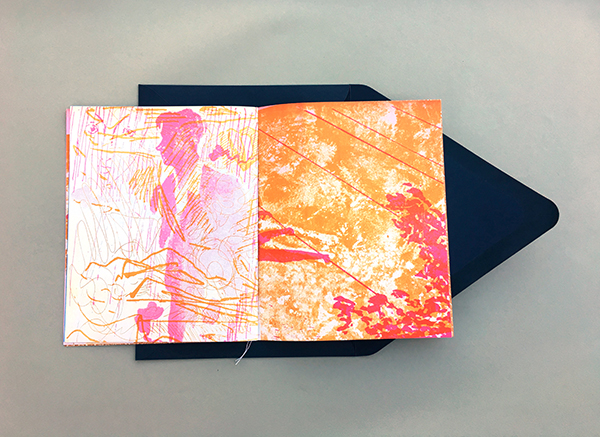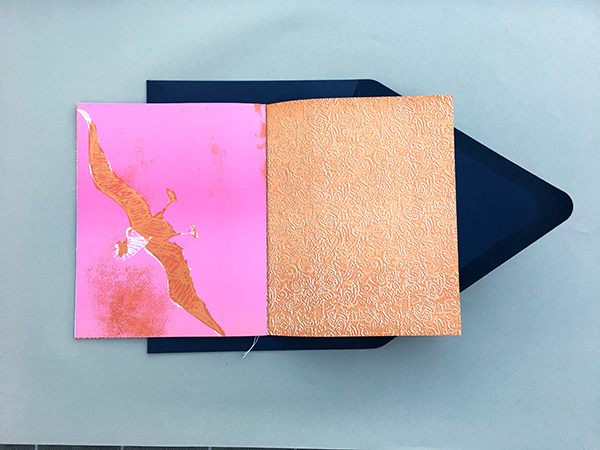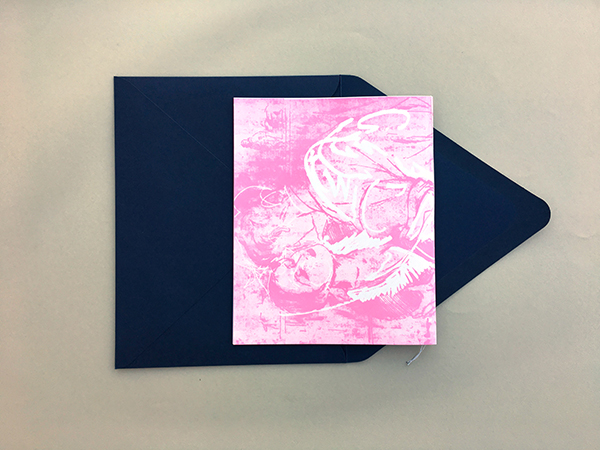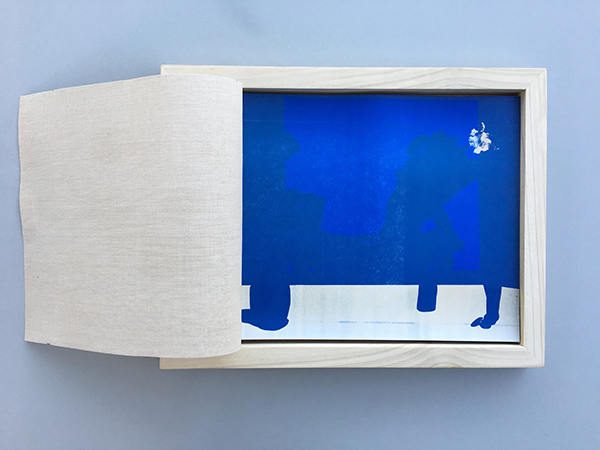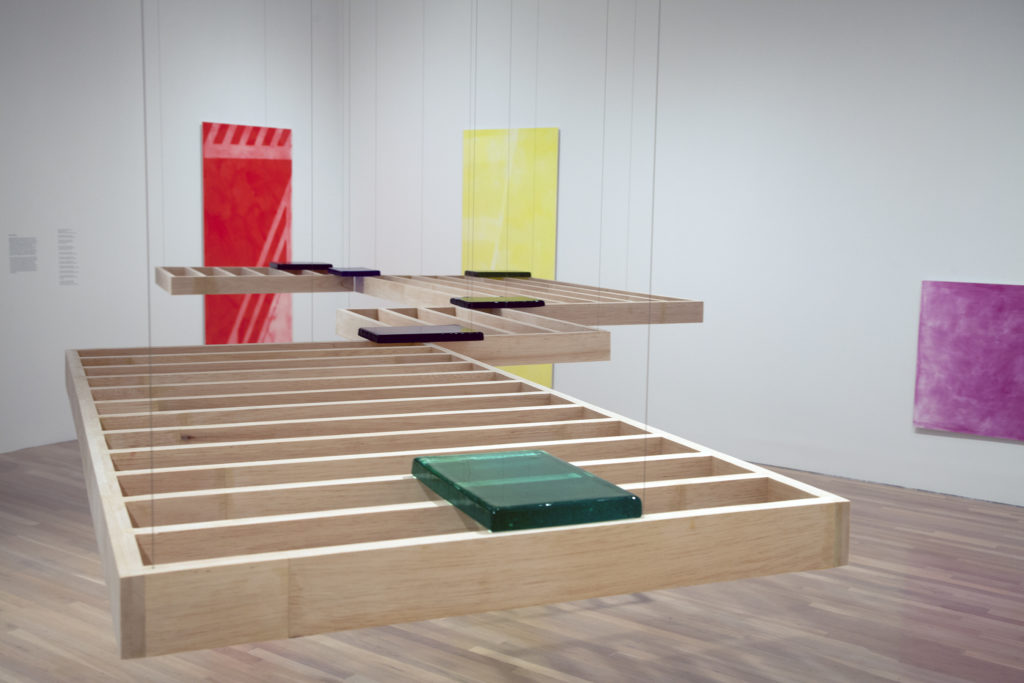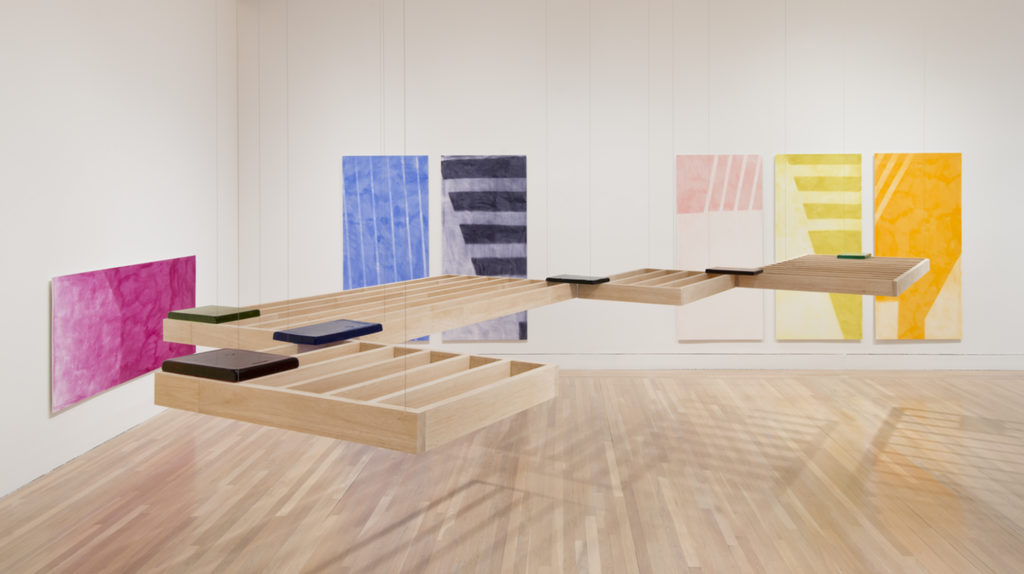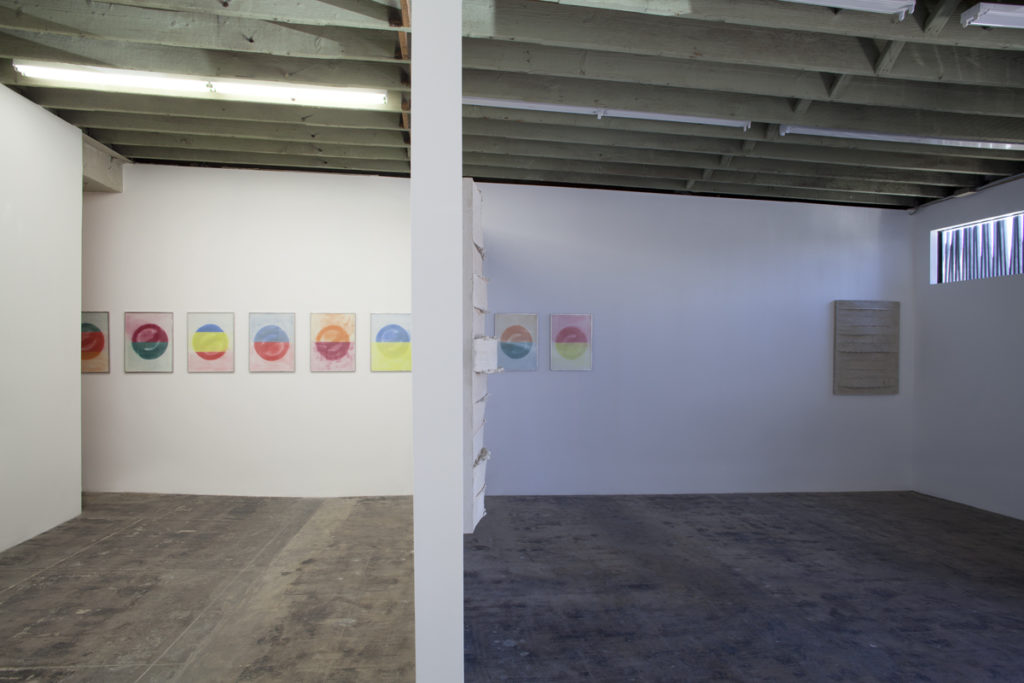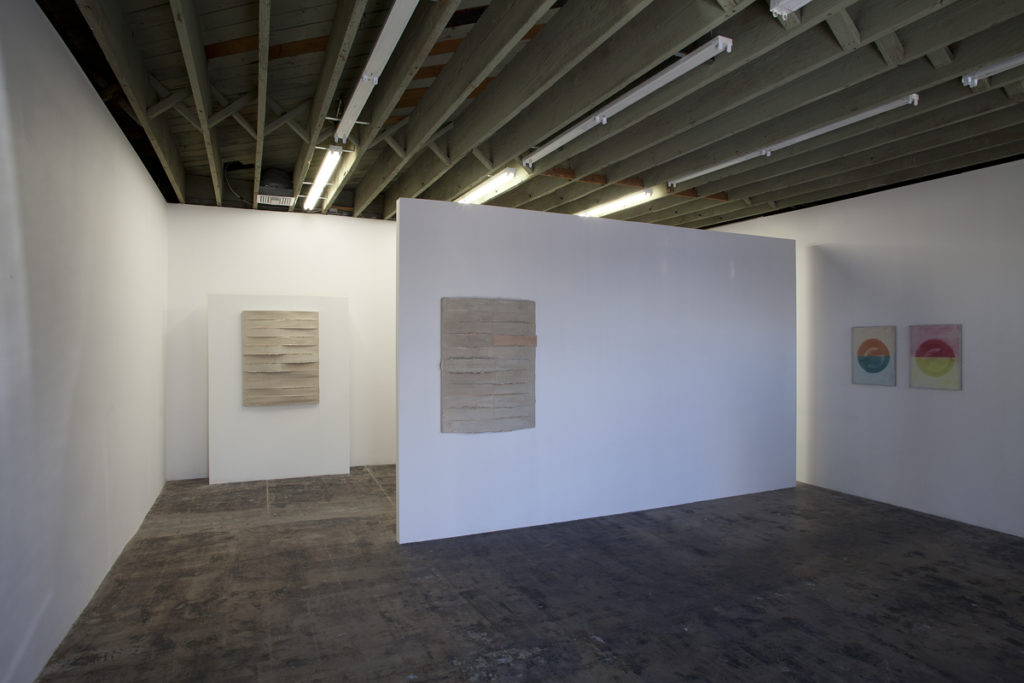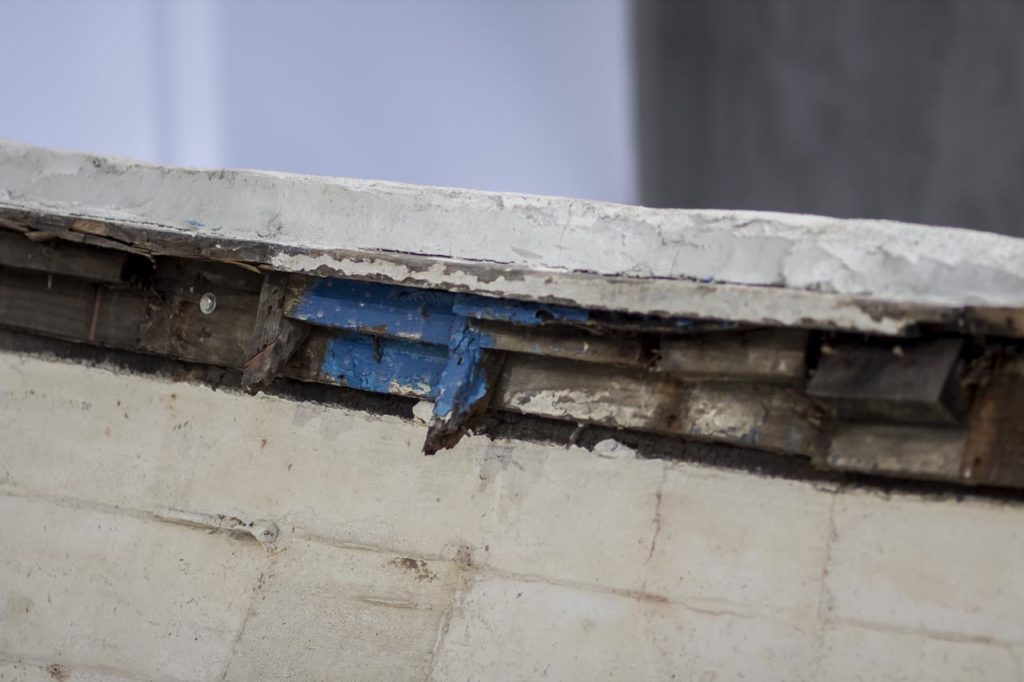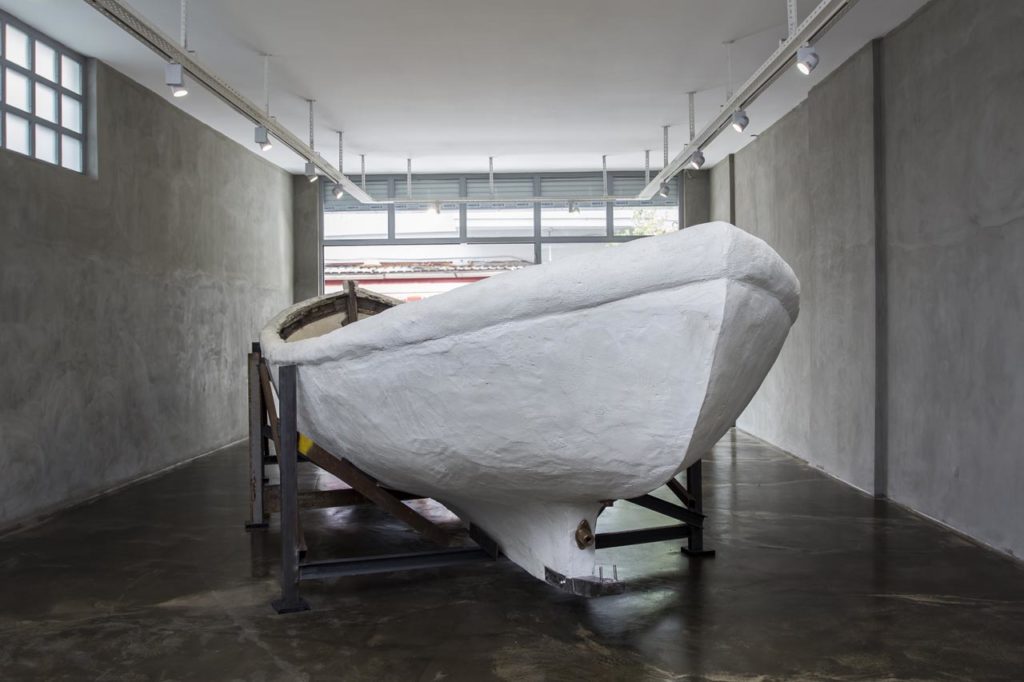My work as an artist, designer, and publisher consists of two interrelated parts. Until 2016, my practice concentrated on sculpture, photography, and installations exhibited in galleries and public institutions; this included my participation in the Hammer Museum’s 2014 Made in L.A. and MoMA PS1’s 2010 Greater New York. In 2016, Deirdre O’Dwyer and I co-founded Rakish Light, an experimental press that produces print projects and collaborations among artists, writers, and thinkers. Rakish Light has expanded my artistic life, allowing me to work closely with my partner and other artists while sharing hands-on processes with students and the larger community. Click here to download a PDF of my CV.
This page documents my collaborative practice as part of Rakish Light. For more in-depth discussions of projects and research please follow the projects and research tabs under the “Art” menu above.
Thanks,
Brian
The documentation below compiles Rakish Light and solo work chronologically.
Other Spaces, 2020 on-going
Other Places, begun May 2020
In civilizations without boats, dreams dry up, espionage takes the place of adventure, and the police take the place of pirates
– Michel Foucault
“Of Other Spaces: Utopias and Heterotopias,” 1967
I started this ongoing project in the early months of the COVID-19 pandemic. It emerged from the nautical roots of the term “quarantine,” which applied to vessels enduring 40-day isolation periods before entering ports. I have been building a twelve-foot skiff using designs by Platt Monfort based on light-weight airplane construction.
From the shadows cast by the boat’s frame, I made a series of large cyanotype photograms on coton from which I have made a set of sails.
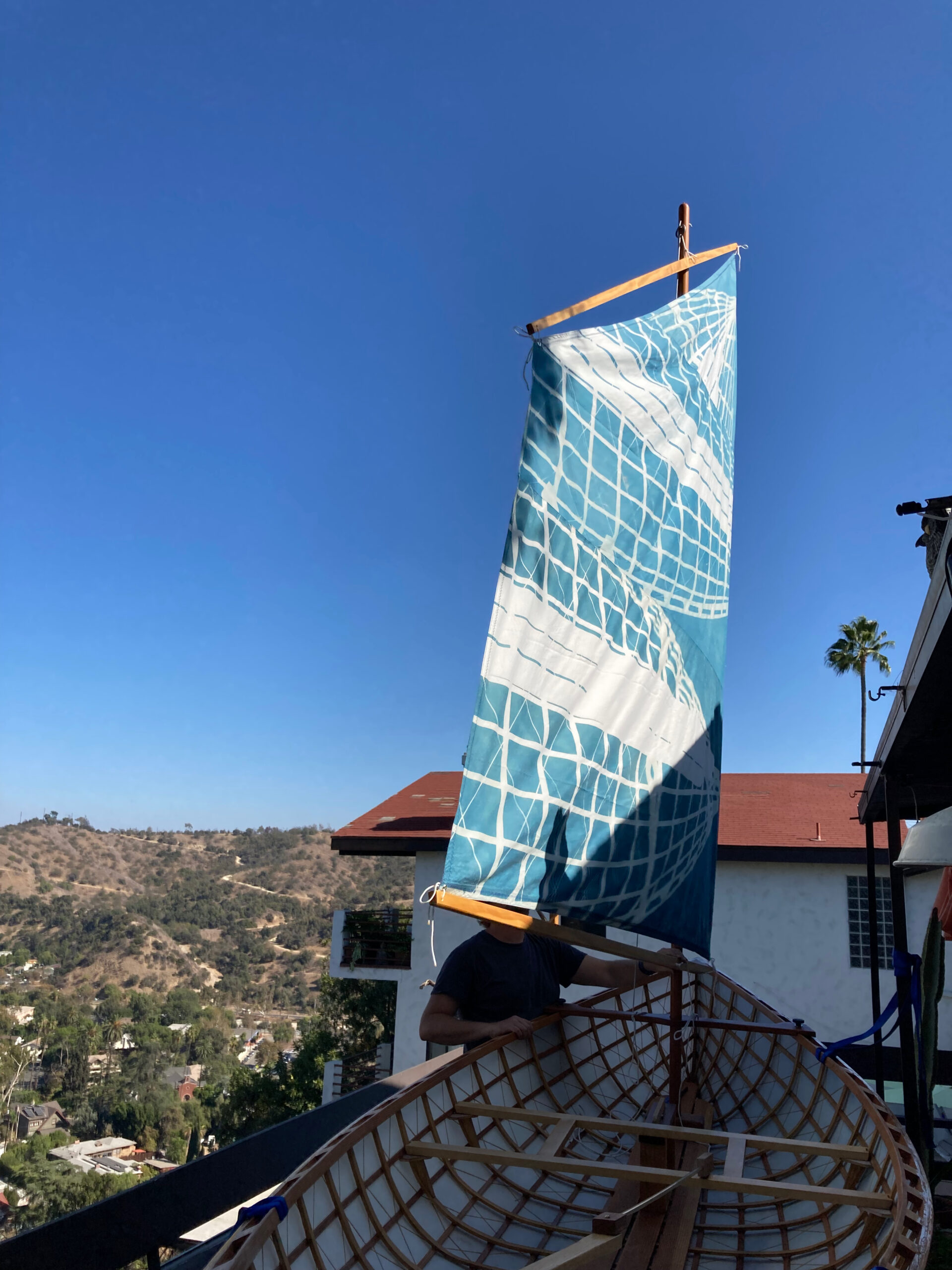
Avalanche Dynamics, 2019
For the 2019 session of Forrest Island Project, an artist residency program in Mammoth Lakes, I co-curated a collaboration with the Sierra Nevada Aquatic Research Laboratory (SNARL) administered by UCSB titled Avalanche Dynamics—derived from snow science that offers a metaphor for creative breakthroughs. My ongoing research and contributions to the project run along three tracks: (i) digital composite images of snow taken through filters; (ii) attempts to produce an ice lens to act as a temporary sculpture, observational instrument and camera; and (iii)sculptures based on Rudolf Luneburg’s description of a spherical gradient index lens.
(i) Composite Photographs

cropped digital photo composite (red/green/blue filtration), (1 & 2), 18 x 18 in.
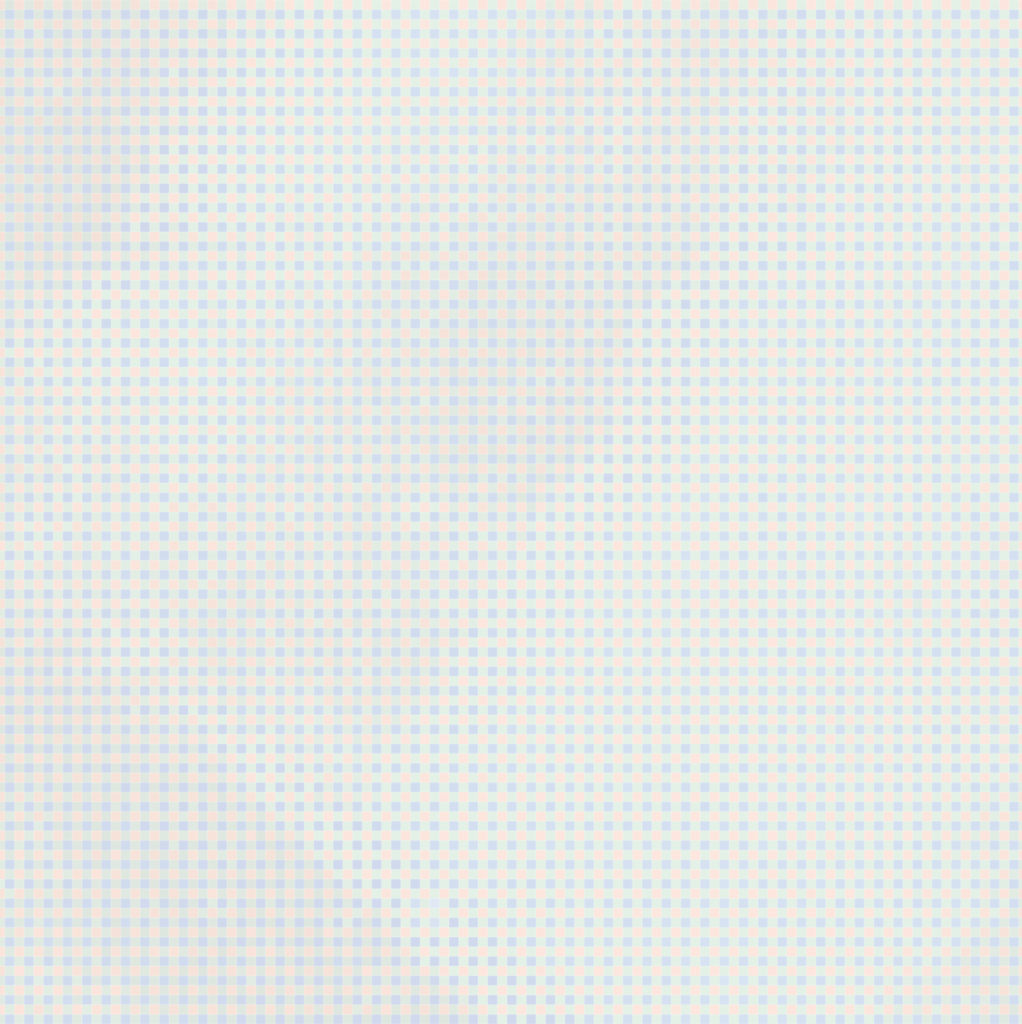
Images like those above are composites of separate images shot through red, green and blue filters (below). They are built by recomposing the images pixel-by-pixel as they would be “seen” by the digital camera’s sensor (left).
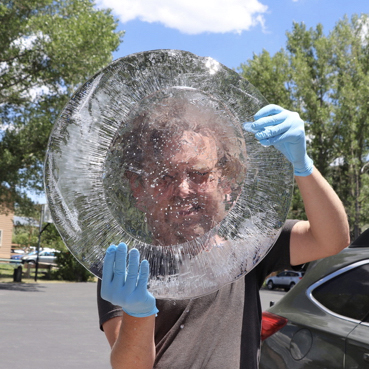
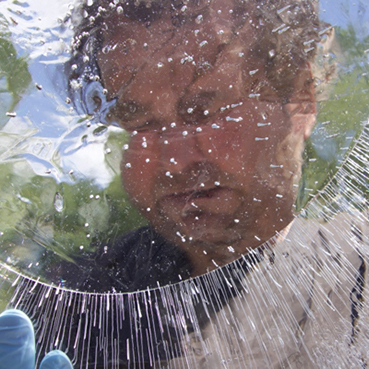


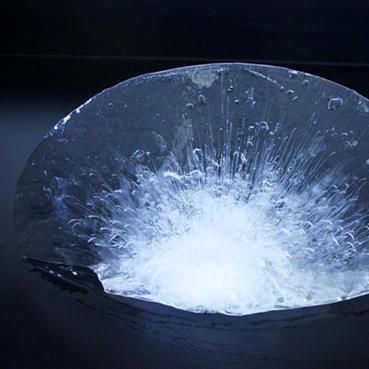
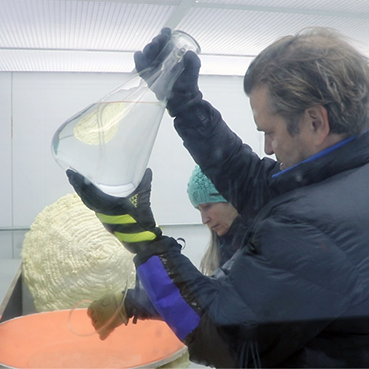
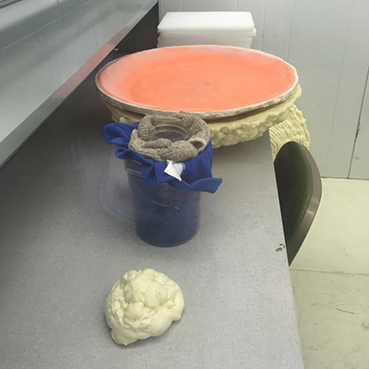
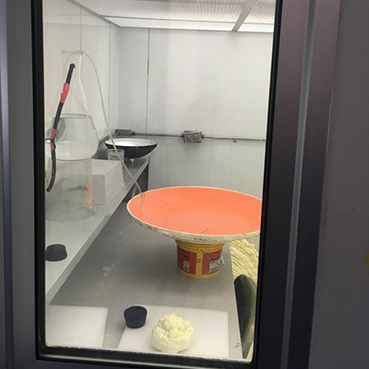
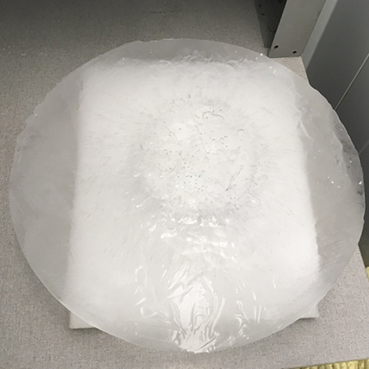
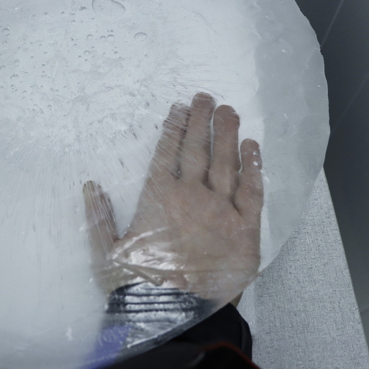
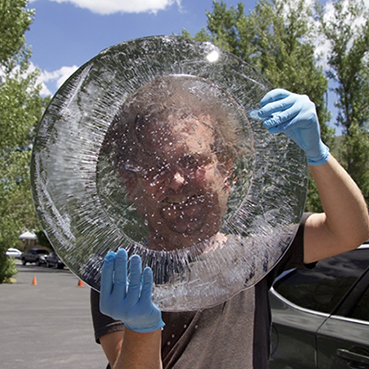
(iii) Lens Sculptures
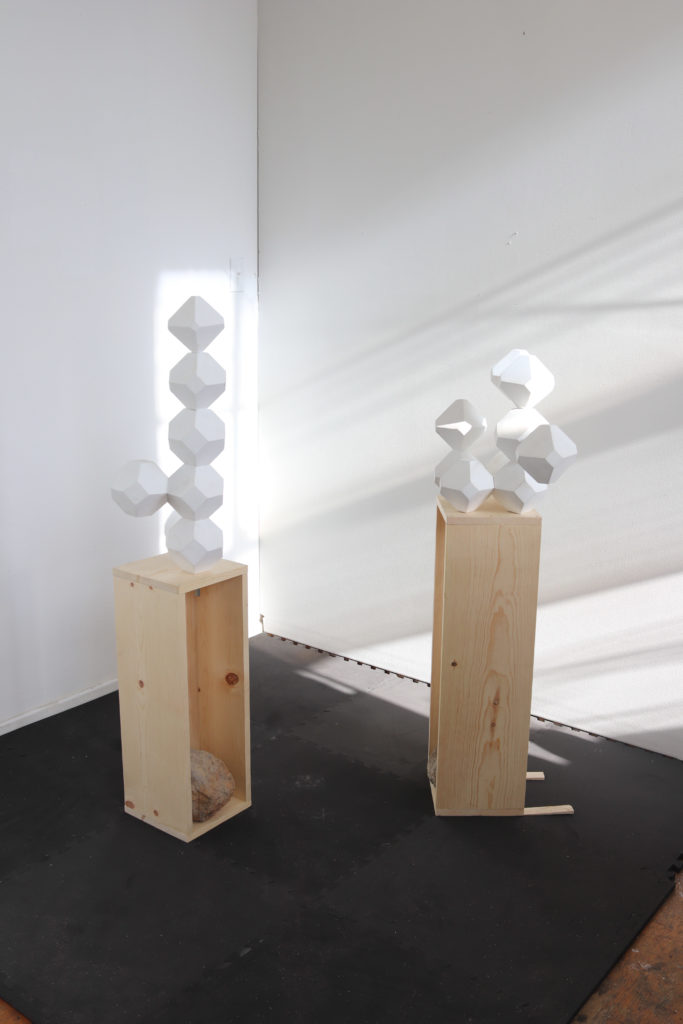
RAKISH LIGHT 6
OO Guide to Sobriety, 2019
To collaborate as a couple, Rakish Light (Deirdre O’Dwyer and Brian O’Connell) built a box camera with two lenses, of different focal lengths. We traveled to 12 locations in the American West to capture landscapes on lithographic film (Yosemite; Joshua Tree; the Grand Canyon; MacArthur Park, Los Angeles; Sequoia/Kings Canyon; San Joaquin Valley; Zuma Beach; Death Valley; Mono Lake; Mammoth Lakes; the Bristlecone Forrest; the Vagabond Inn, Ventura). The negatives were used to make offset plates, from which we printed the artist’s book the OO Guide to Sobriety. Each page is a unique of multi-layered print showing two side-by-side views.
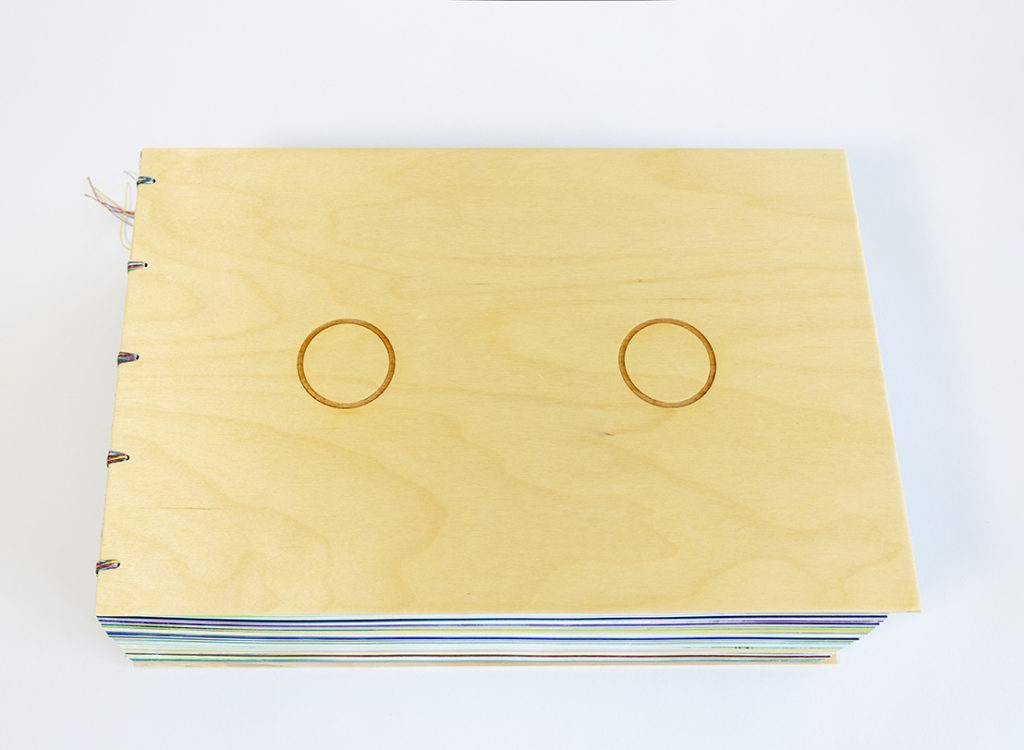

Unique hand-bound book with wood covers and color offset lithographic interior sheets, 10 3/4 x 16 1/2 x 4 1/2 inches.
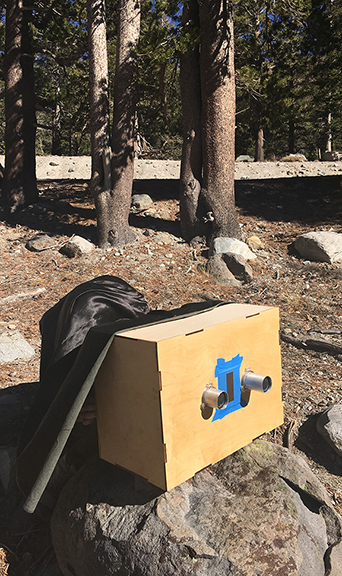
Collectors and Observers, 2016 – 2019
A series of ongoing sculptural objects and proposals.
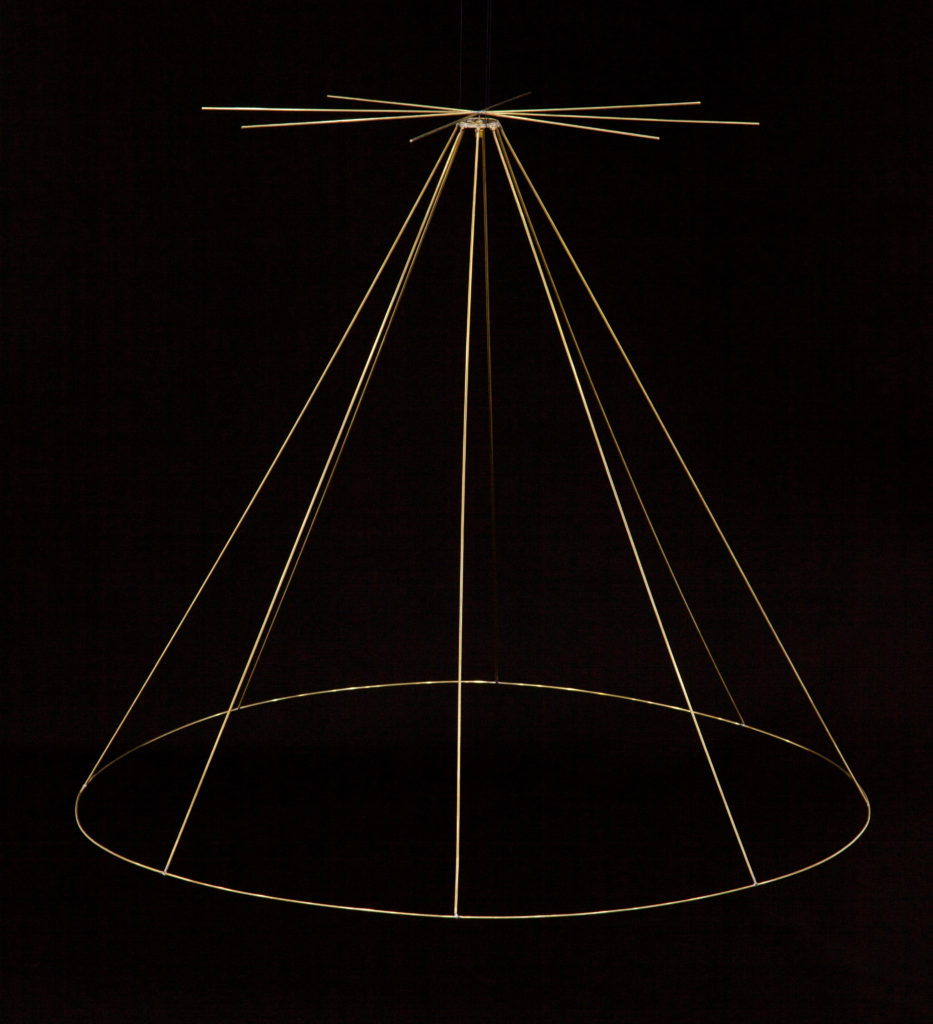
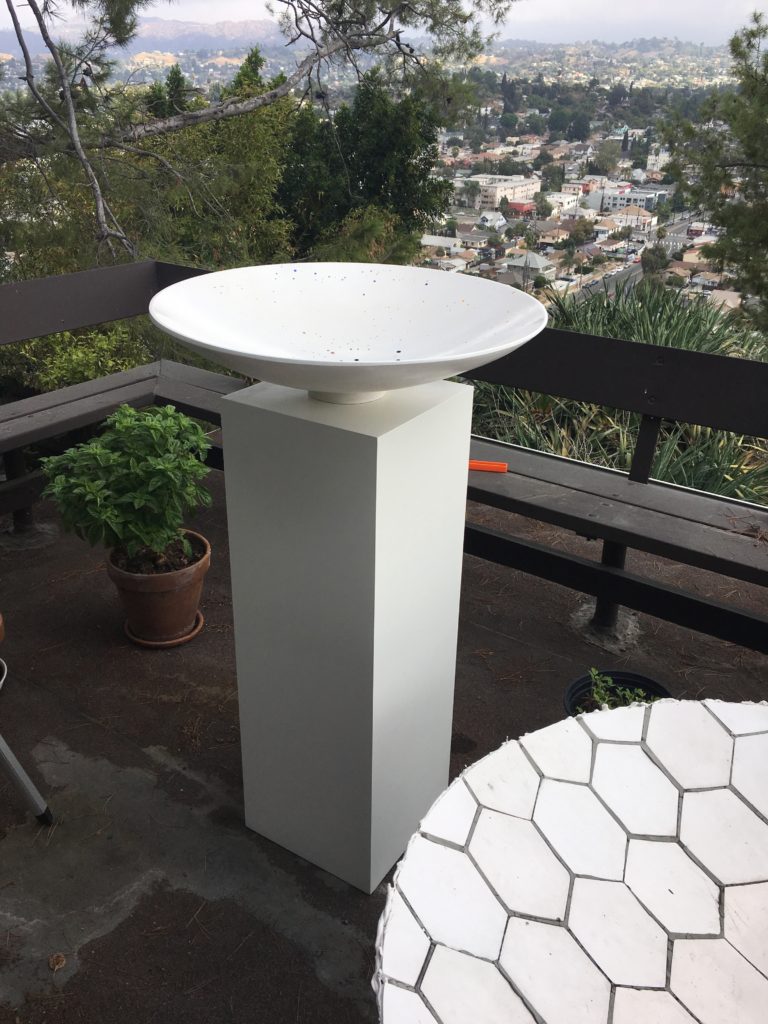

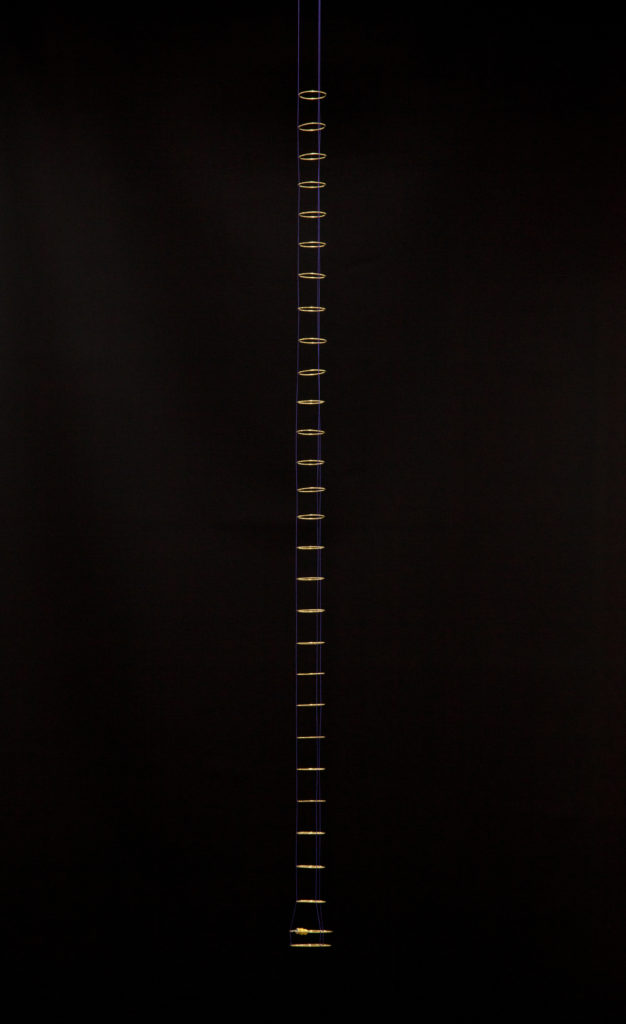
RAKISH LIGHT 5
A Letter to My Father and My Unborn Son, 2018
by Aram Saroyan and Gailyn Saroyan
What did the generation that came of age during the sixties do for an encore? Many of the answers seemed to have slipped below the media’s plumb line. A Letter to My Father and My Unborn Son, a journal by Aram Saroyan with art by Gailyn Saroyan, takes us to the American bicentennial year, 1976, as the young poet and artist await the arrival of their third child in Bolinas, a small coastal village in rural Northern California. Here is the day-to-day journey of a young family—at once intimate, surprising, and funny.

Offset lithographs (10-color cover; b/w interior), 92 pages, 5 x 8 inches, hand-bound.
Research Materials for WiSPR (Wide Spectrum Portrait Receivers), 2016–ongoing
You cannot observe a wave without bearing in mind the complex features that concur in shaping it and the other, equally complex ones that the wave itself originates.
— Italo Calvino, Mr. Palomar
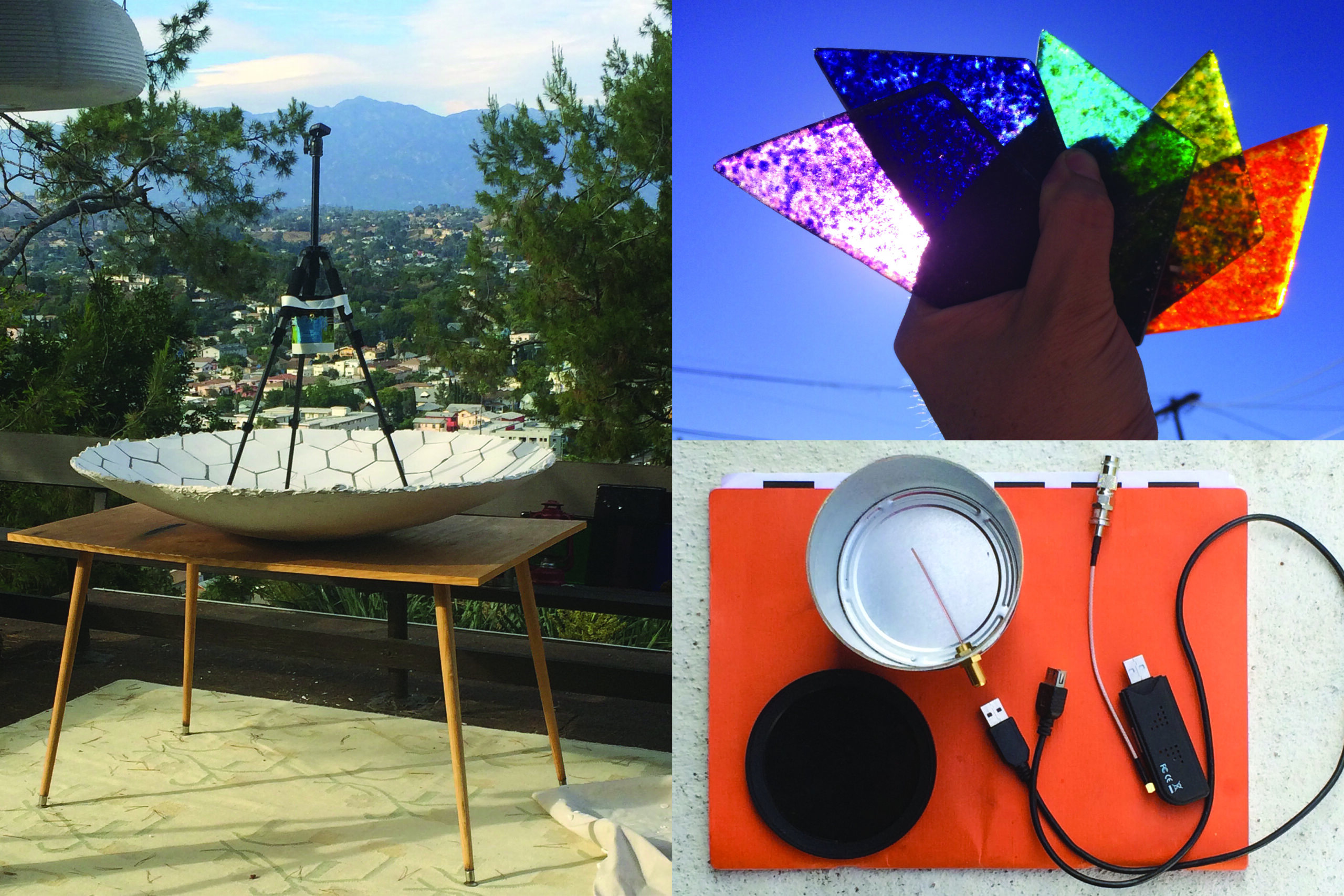
WiSPR is planned as a set of installations at various sites in North America and Europe. The installations will be sculptural objects, parabolic dishes, approximately 48–108 inches in diameter, made variously of ceramic, glass, plaster, and aluminum. These dishes will also be functioning radio telescopes, antennae receiving everything from local radio to deep space signals, providing live “radio portraits” unique to their locations. Together they will form an online network (WiSPR-net), providing raw data to other artists.
Carried by the planet on which they sit, the often isolated and massive dishes of radio telescopes survey the skies above. In form and function, they make tangible the interconnectedness and extreme localization, even solitude, of life on a planet that is increasingly changed by human activity. While similar to the arrays of radio telescopes, WiSPR serves cultural and artistic, rather than scientific, knowledge production. It provides an opportunity to rethink relationships between ways of knowing and seeing; local and global production and reception; individual and community responses; being networked and being isolated. It will ask: How and where do we and those we live and work with situate ourselves? What are our multiple senses of belonging and exclusion? How do we move, communicate, share, and participate as local actors and global citizens?
RAKISH LIGHT 4
Vacation, 2017
by J. Parker Valentine
Vacation is a graphic mystery involving a man, a woman, monkeys, fish, three colors, kisses, and—somewhere in the middle—an unfortunate end.
3-color offset lithographs, 5 folded sheets, 20 pages, 8.25 x 11 inches.
RAKISH LIGHT 3
Flatland: A Romance of Many Dimensions, 1884,
by Edwin Abbot Abbott, 2017 edition
Edwin Abbot Abbott’s novella Flatland is: the timeless memoir of a sentient being; and, a proto-sci-fi critique of Victorian society that conceived of a fourth dimension in advance of the theory of relativity. The Rakish Light edition reproduces every page in the book on the cover.
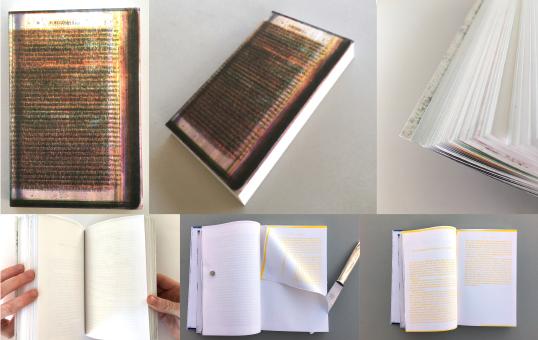
Multicolor offset lithographs, 62 French-folded sheets bound in softcover, 5 x 7 1/2 inches.
RAKISH LIGHT 2
Real Print, 2016
by fifty-two artists
On January 4, 2016, in advance of the US Presidential inauguration, Rakish Light contacted artist friends by email to initiate a poster project: “We would like to ask you to participate in a last-minute collaborative project to express the combination of urgency, anxiety, and ultimately hope for renewed commitment born of the present moment.” We began printing their responses a week later and provided the contributors with a stack of copies to distribute to their communities. On the back of each poster we printed: “Not for sale.”
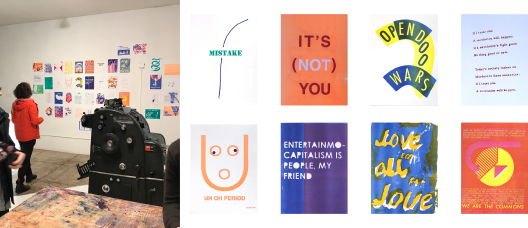
Offset lithographs, 9 x 12 inches.
RAKISH LIGHT 1
Watchers and Winks, 2016
with Annie Lapin
In conjunction with the exhibition Annie Lapin: Watchers and Winks at Honor Fraser Gallery, Los Angeles
(November 5–December 16, 2016), Rakish Light produced an edition riffing on a single painting by the artist.
Each portfolio contains 79 unique double-sided prints loosely bound in linen, wood, and rubber band. Offset lithographs, 9 x 12 inches
PALOMAR, 2016
Laure Genillard Gallery, London,
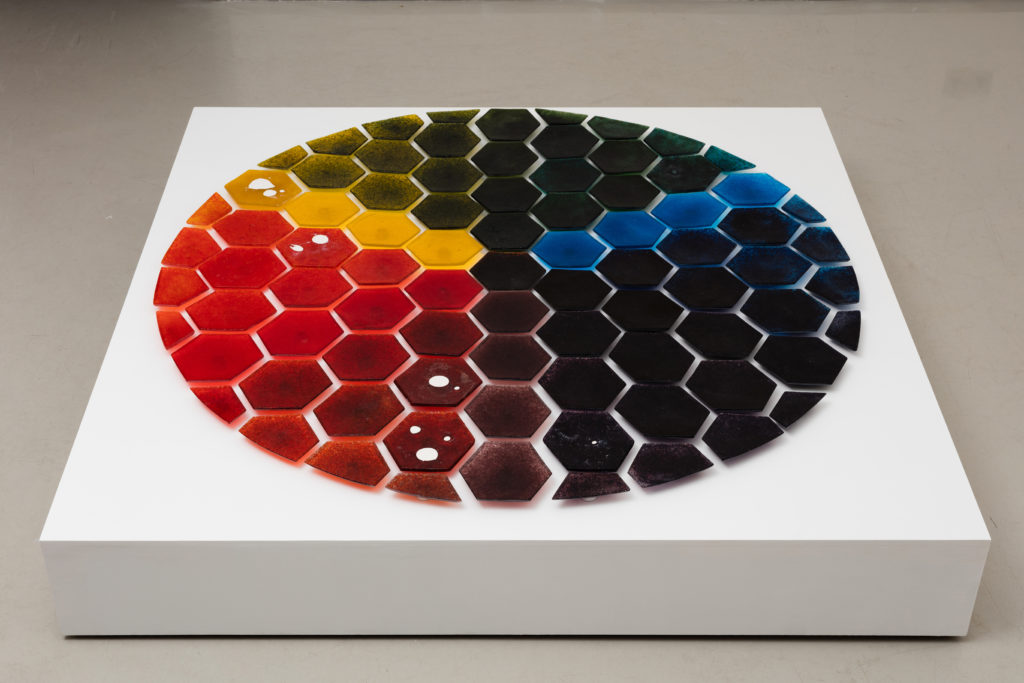
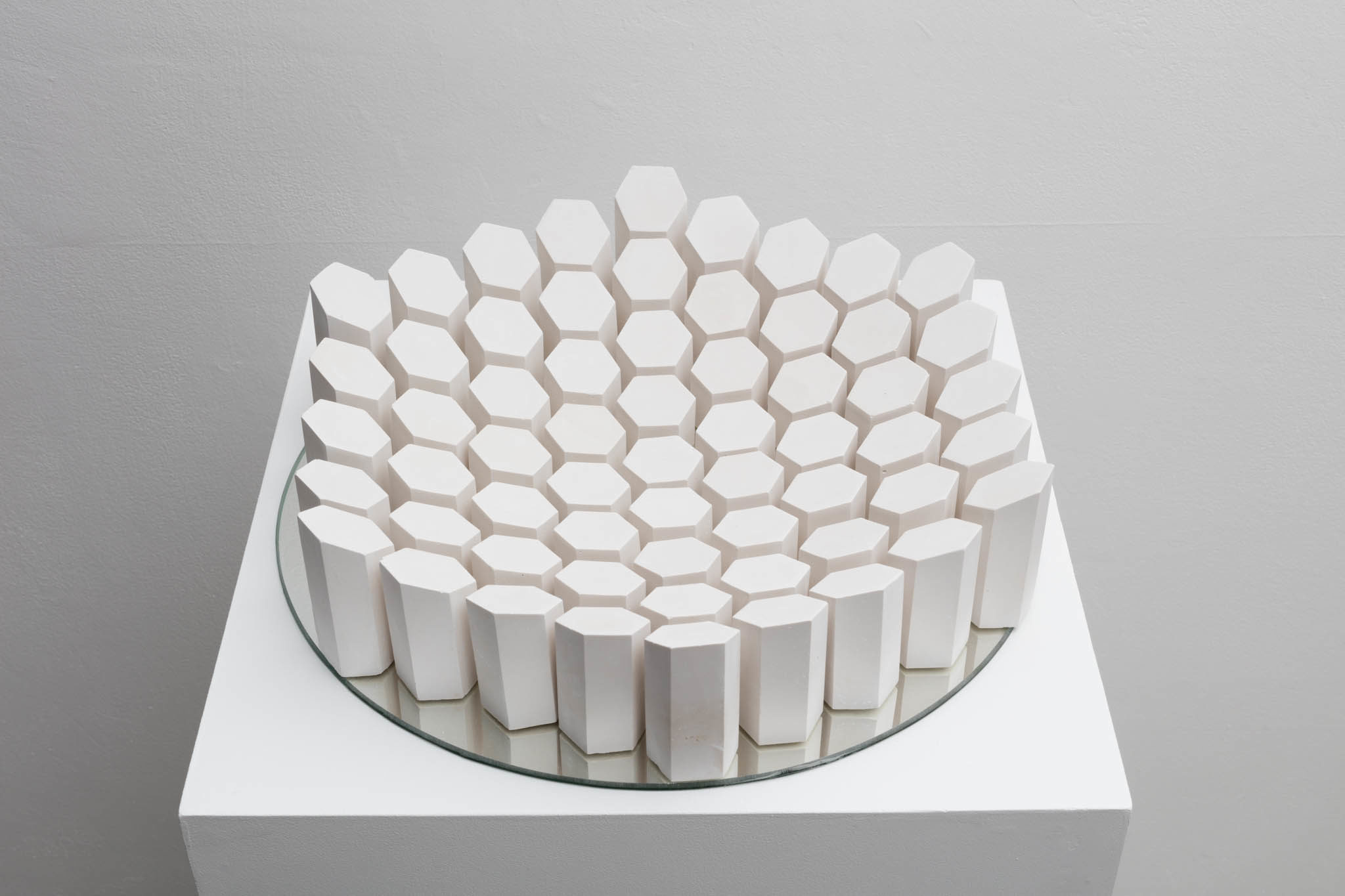
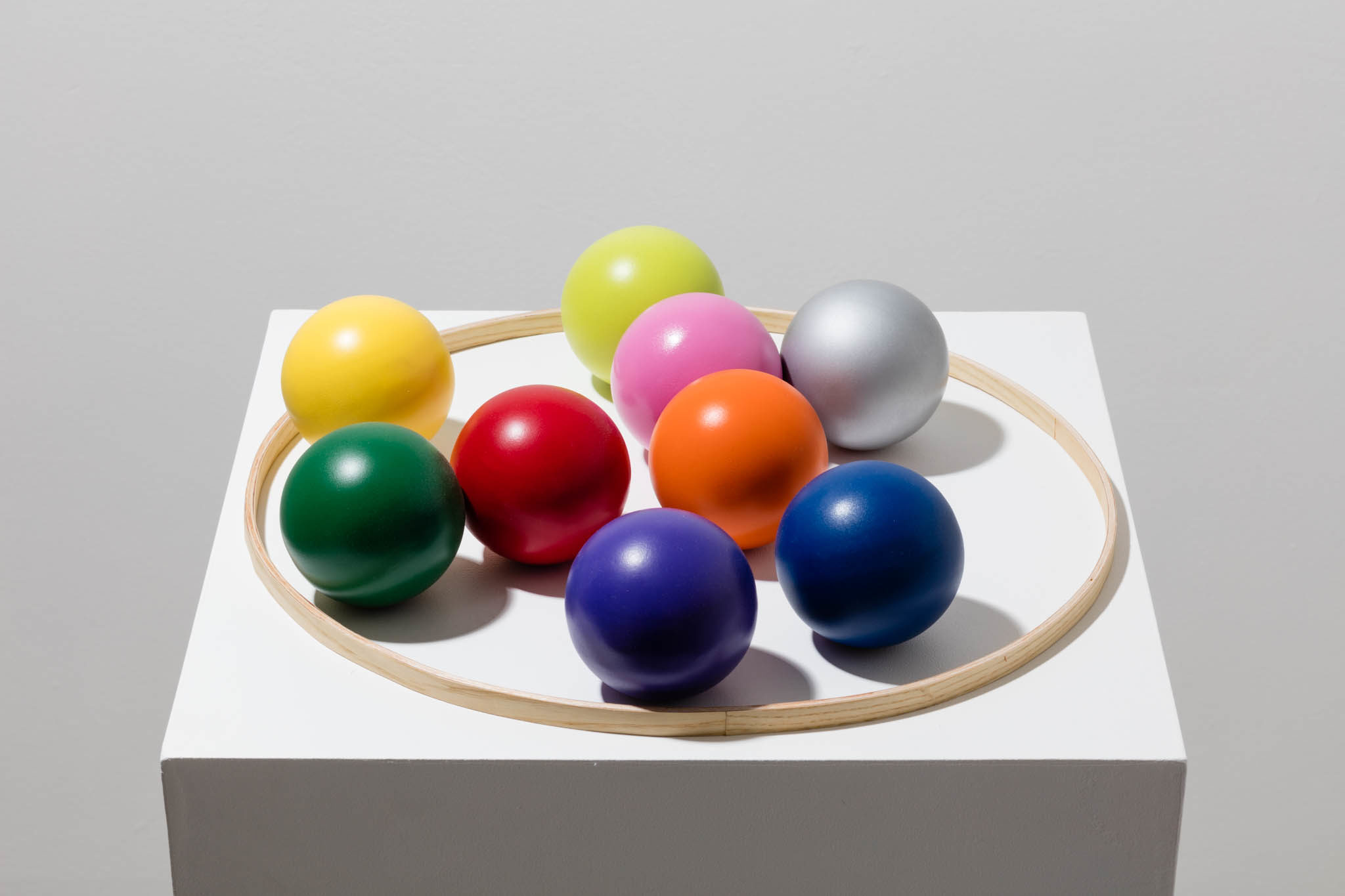

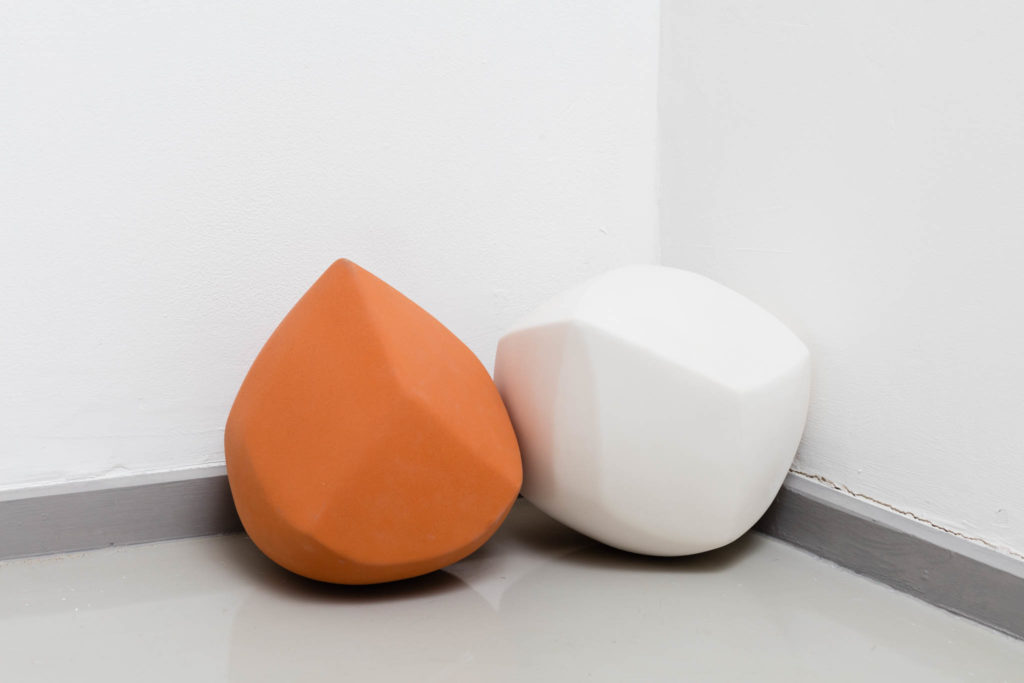
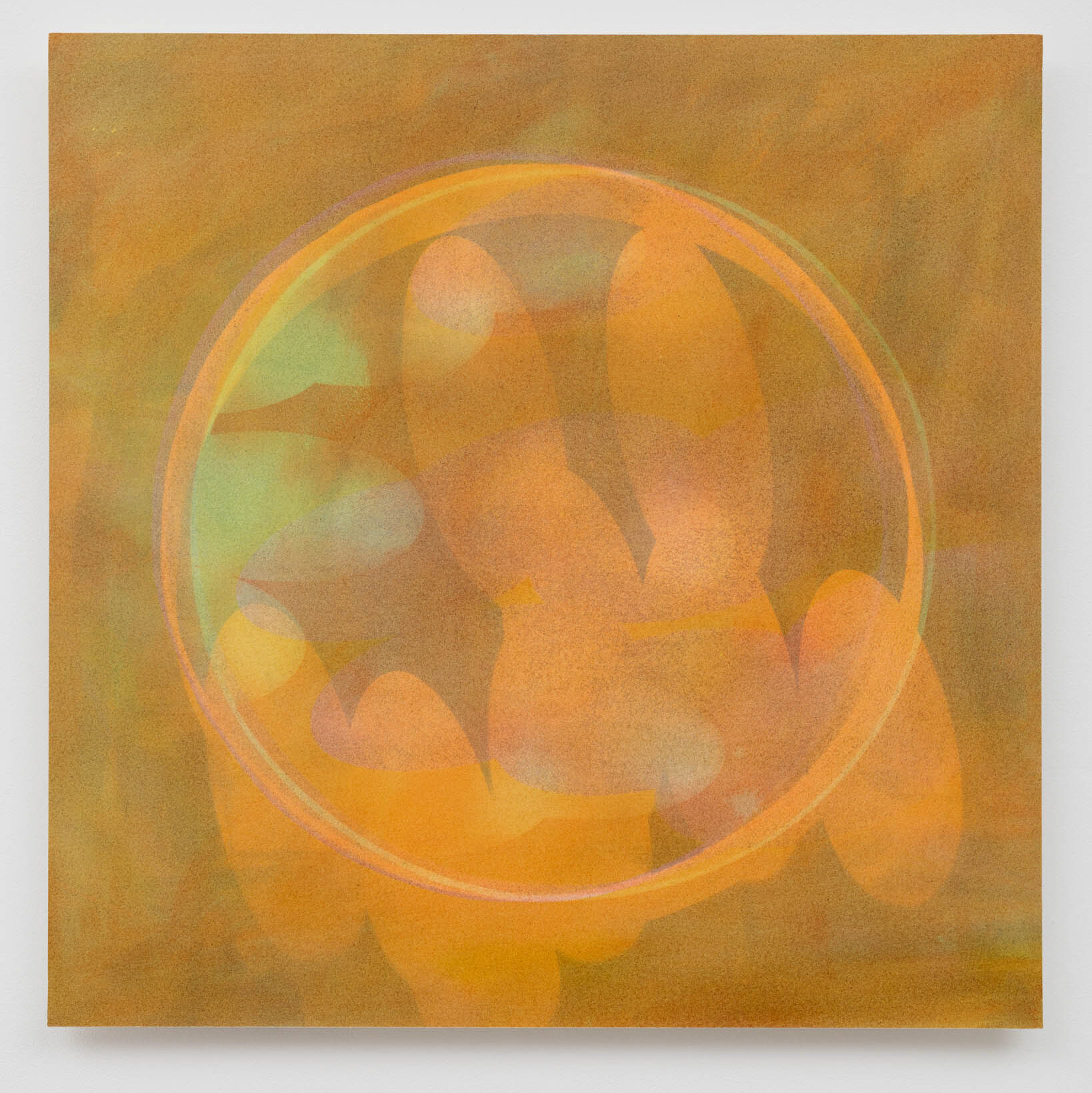
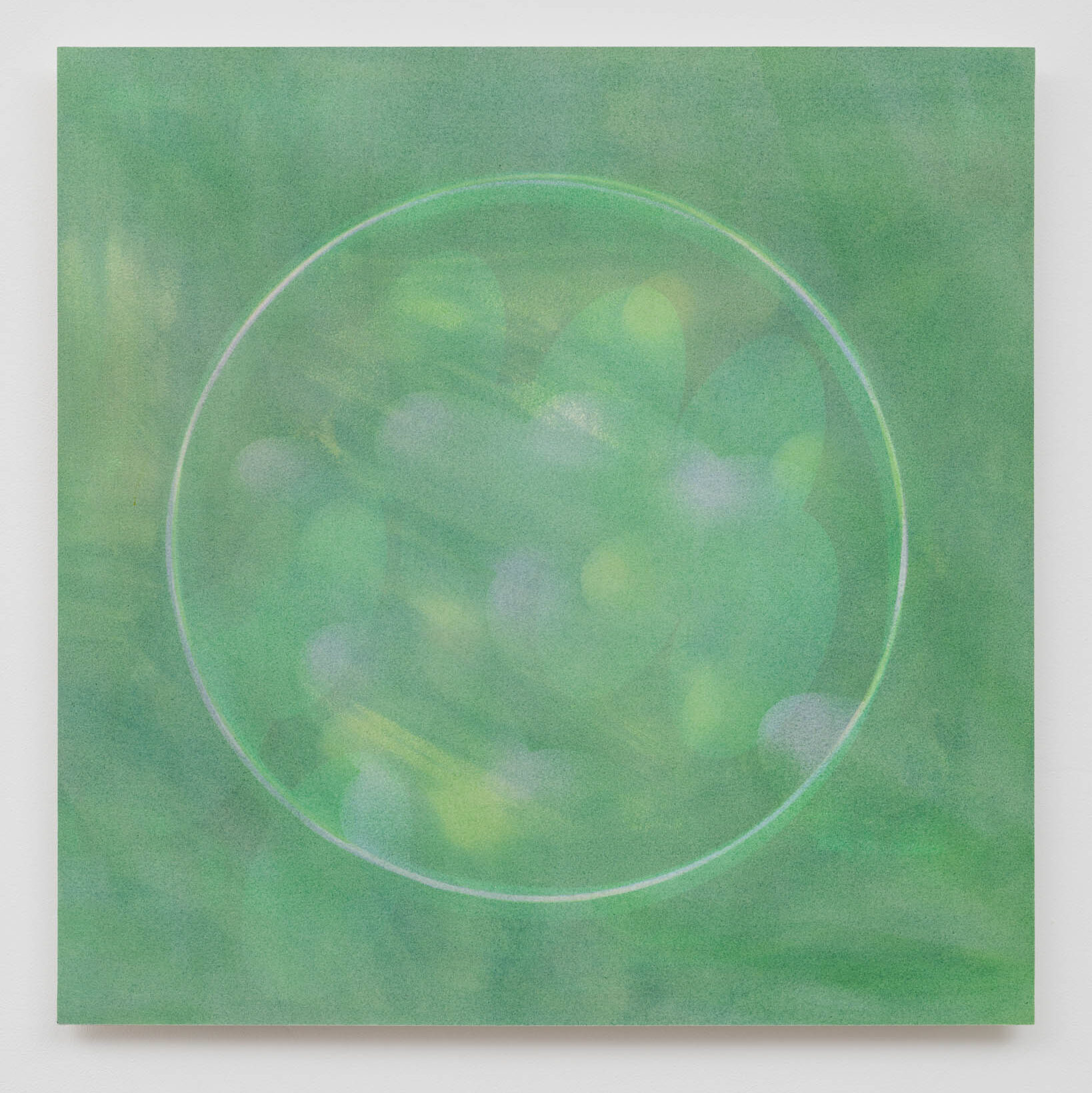

The title of my solo exhibition PALOMAR is taken from
Italo Calvino’s novel Mr. Palomar (1983), made up of 27 short chapters that correspond to a distribution of 3 interests: visual; anthropological; and more speculative experience “concerning the cosmos, time, and the relationship between the self and the world.”
RAKISH LIGHT JOURNAL AND OTHER PROJECTS
Journal, 2016
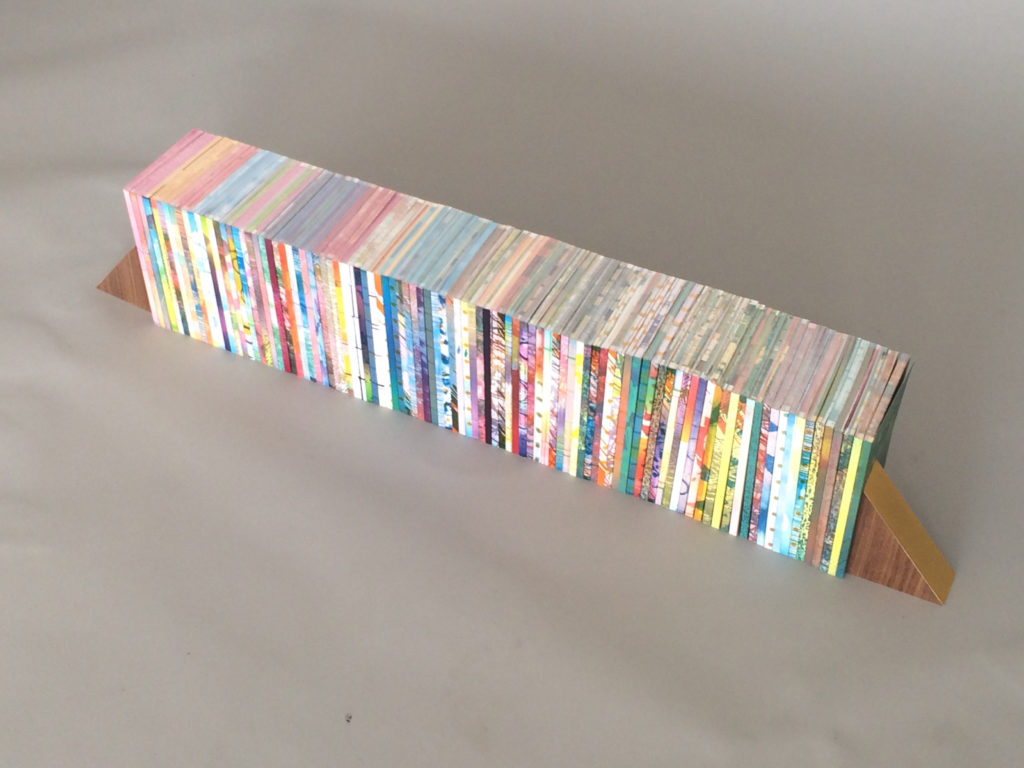
Rakish Light Journal is a series of unique abstract journal-size books made by over-printing and binding the remaining make-ready sheets from the first year of the press. They roughly document the sequence of that year’s production.
Make Readies , 2017
with Xtra Magazine
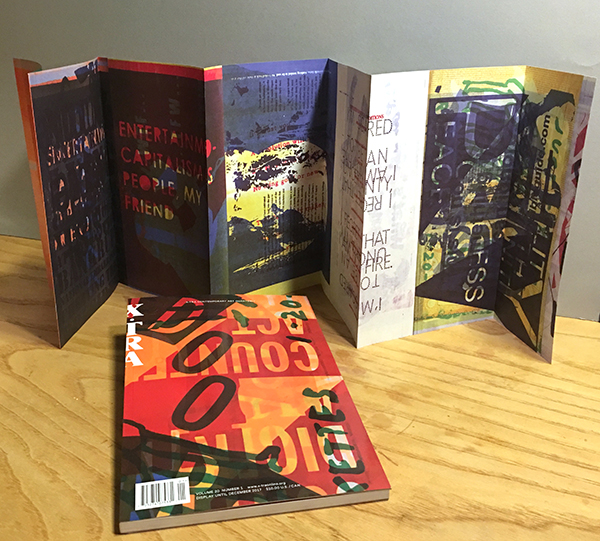
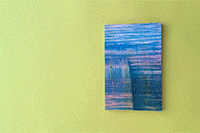
Click here to view all 100 unique RL Journal volumes
PALOMAR, 2015
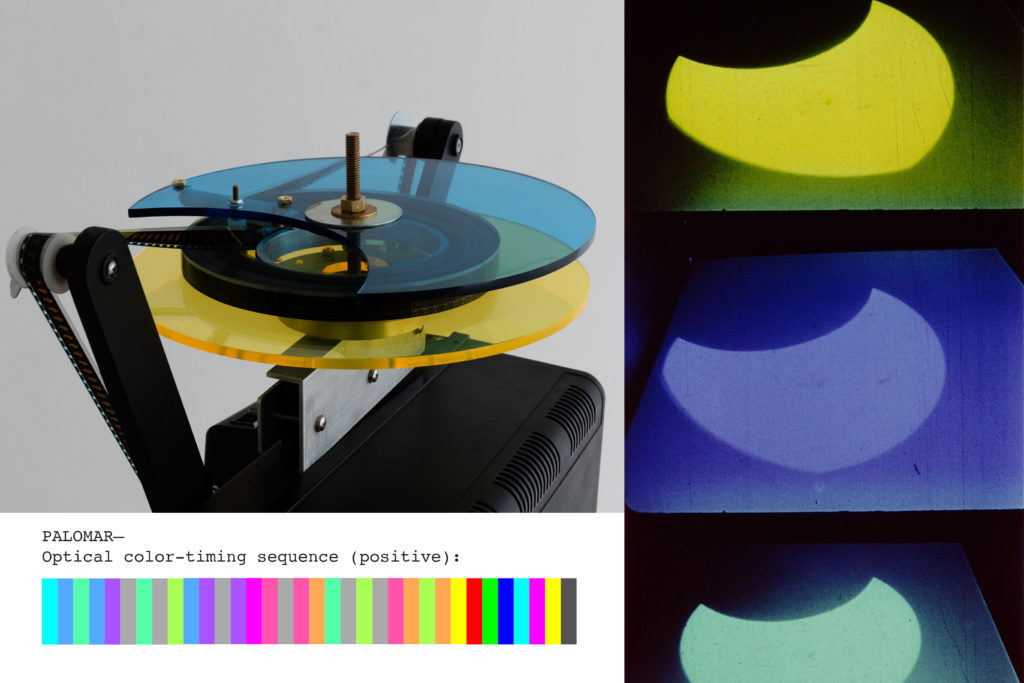
16mm color film from color negative printed from black and white original, 12 mins.
Looper built by the artist (aluminum, brass, Plexiglas), trt: 12min
PALOMAR is a color film document of a partial solar eclipse. Its recording arose from an ongoing interest in the function of reflection and shadow in the production of image and color. I filmed the eclipse on October 23, 2014, using an adapted amateur telescope set up on Mount Wilson, near to LA.
After filming, I worked with a Hollywood color timer to make a color negative from the black-and-white original. We colored each shot according to a formal structure of red, green, and blue outlined in Italo Calvino’s novel Mr. Palomar. There are 33 shots in the film, one for each chapter plus seven shots for the index.
Made in L.A., 2014
Hammer Museum, Los Angeles
(Installation Views)
In advance of the Hammer’s biennialexhibition, I built a temporary outdoor sculpture, comprised of 4 x 8 foot modular panels supporting a roof of brise soleil, or “sun breaks.” From the shadows cast on the structure’s walls, I made large gum-bichromate photograms using a technique adapted from 19th-century photosensitive watercolor processes.
Installed in a windowless gallery at the Hammer, the prints were arranged on walls as documentation of the environmental sculpture, remembered as light and color. A new iteration of sculptures, balsa brise soleil forms, hung from the ceiling at chest height, joined and counterbalanced by slabs of heavy dalle de verre (colored glass).
Installed in the Hammer’s galleries, the prints were arranged on walls according to their original positions within the apparatus, describing sideviews of the original architecture. Balsawood brise soleil hung from the ceiling to just below chest height, joined and counterbalanced by slabs of colored glass—dalle de verre.
foreground:
Brise Soleil, Made in L.A. (foreground) Balsawood, cast glass, hardware, 96 x 204 x 4 inches.
background:
After Before Present/April 28–29, 2014/–64 BP (I, Pyrrole Red, 9:01 AM)
After Before Present/April 28–29, 2014/–64 BP (II, Cadmium Yellow Lemon, 12:20 PM)
After Before Present/April 28–29, 2014/–64 BP (III, Quinacridone Violet/Permanent Magenta, 3:19 PM)
After Before Present/April 28–29, 2014/–64 BP (IV, Blue, 10:55 AM)
After Before Present/April 28–29, 2014/–64 BP (V, Neutral Tint, 1:26 PM)
After Before Present/April 28–29, 2014/–64 BP (VI, Brilliant Pink, 9:26 AM)
After Before Present/April 28–29, 2014/–64 BP (VII, Greenish Yellow, 2:56 PM)
After Before Present/April 28–29, 2014/–64 BP (VIII, Winsor Orange, 3:02PM)
Lights & Walls, 6757 Santa Monica Blvd, July 13th – August 17th, 2013, 2013.
Redling Fine Art, Los Angeles,
My solo exhibition Lights & Walls… Included cement “paintings” and gum-bichromate prints made by capturing the light emitted from spiral bulbs. The exhibition’s title is the material naming of its conditions, circumstances, and duration as an environmental architectural intervention.
Untitled #14, 2013 Rapid-Set Cement and balsawood 44 x 34 x ±5 inches
Openings to the water I stopped searched for cracks
and the wanting parts I fixed A boat
sold by the daughter of its builder, a fisherman,
to a shipwright who left it there, 2012
Concrete, steel, wooden fishing boat remnants Approximately 8 x 7 x 27 feet Protocinema, Istanbul, Turkey September 14–October 20, 2012
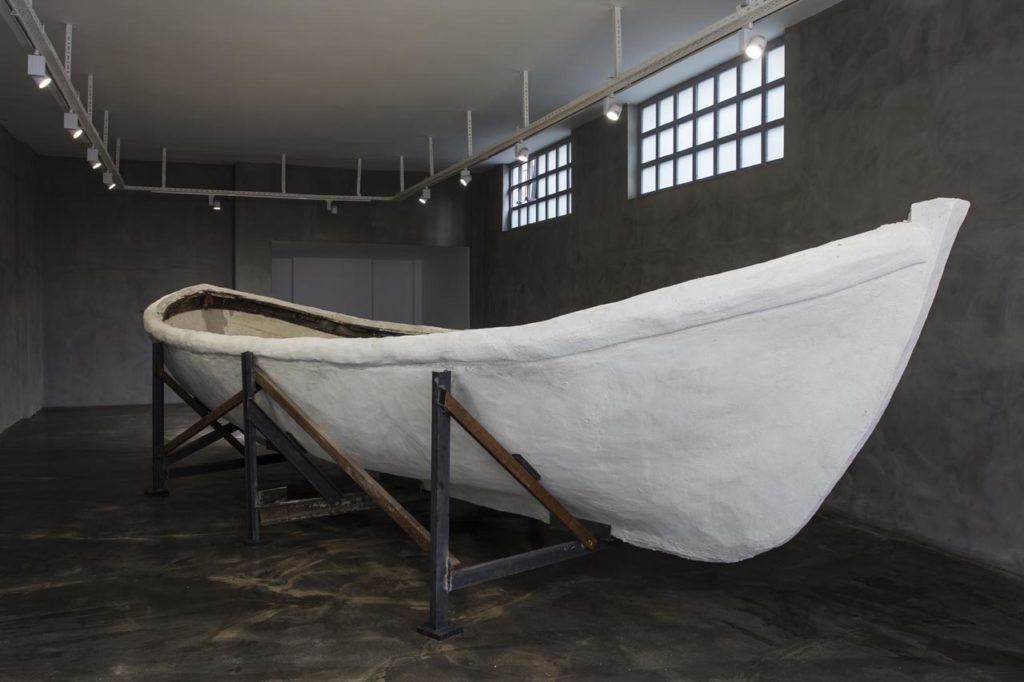
In the summer of 2012, I used an dilapidated 1960s fishing boat found near Istanbul’s Yenikapi district as a mold to produce a 27-foot-long concrete boat. The outer surface took a generalized form, while the inner retained the impression of the original boat’s exterior (lower left). All these surfaces are the result of generations of local boat-builders’ adaptations to specific challenges—meteorological, economic, aesthetic.
Details: Meeting, PS1 July 2010, 2010
Cyanotype on ClearPrint vellum 72 x 54 inches
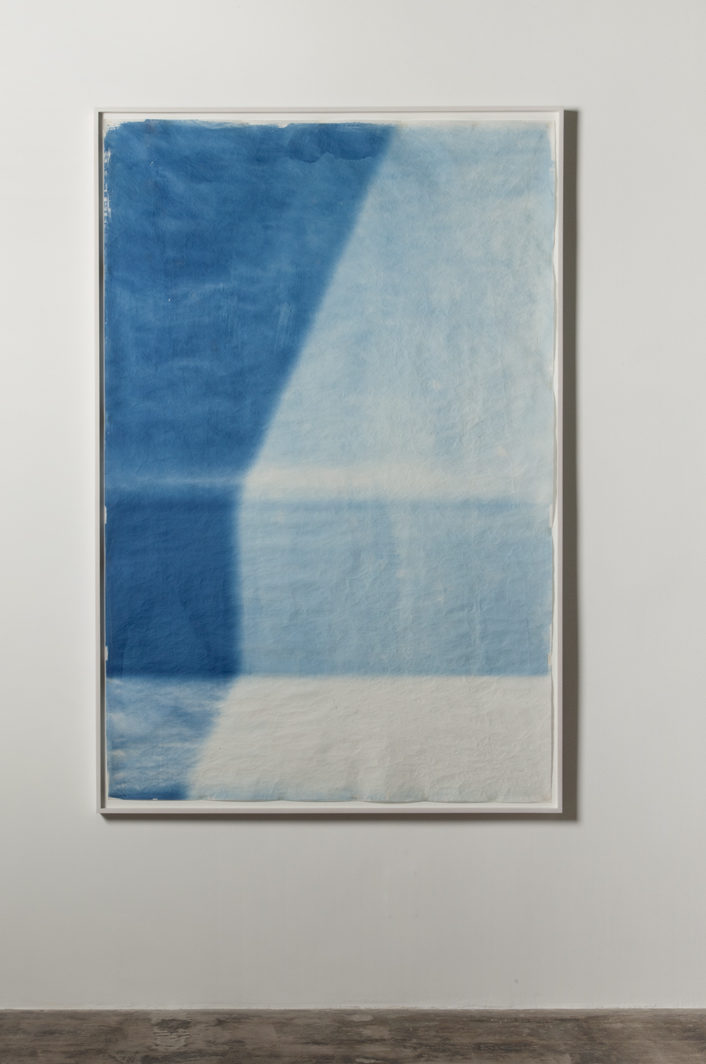
Series of cyanotype photograms exposed directly onto the surface of the benches in James Turrell’s installation Meeting (1986) at MoMA_PS1, Queens, NY.
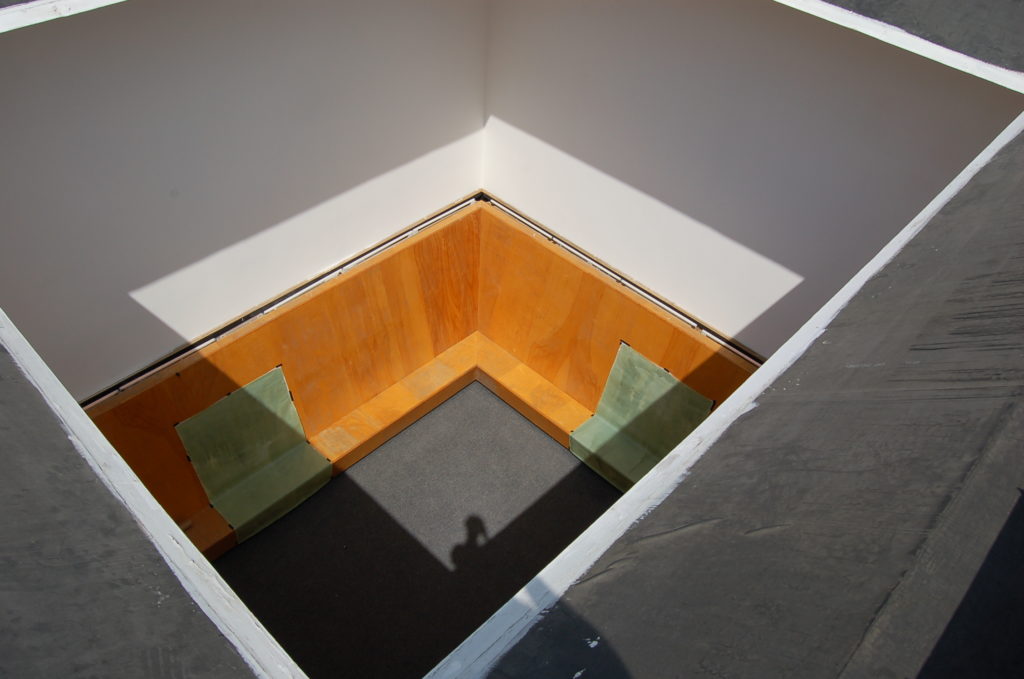
NuMu Projection, 2011
Projection-mapped video animation
The New Museum, New York
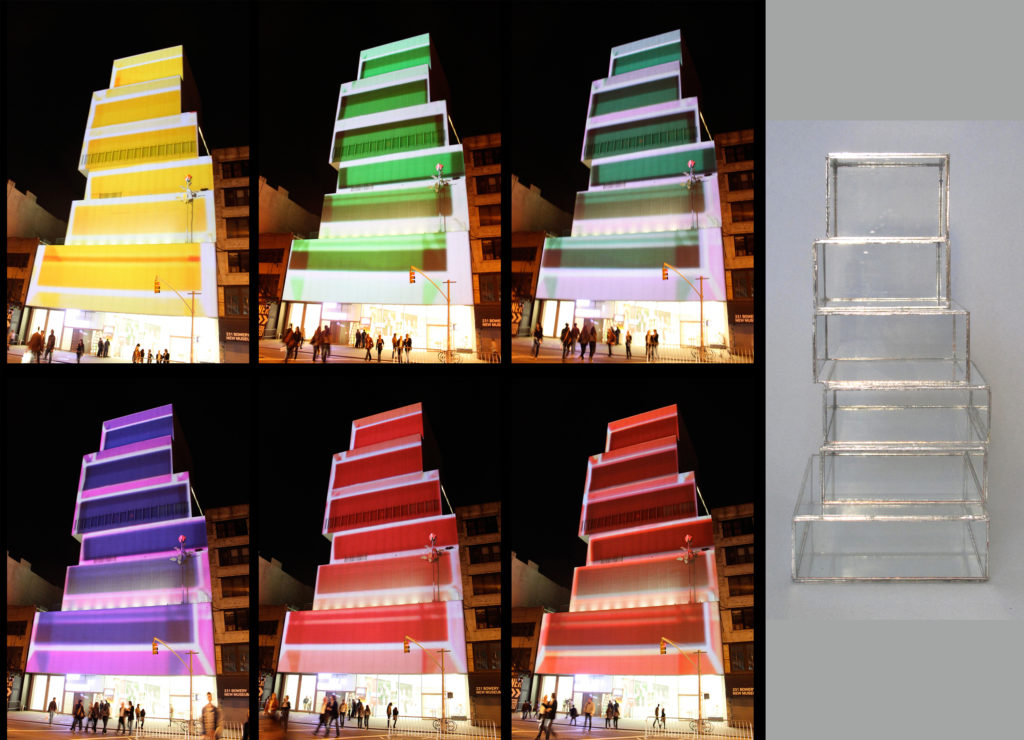
This animation projected a series of color photograms onto the facade of the New Museum. To produce the photograms I constructed a small-scale lead-and-glass model of the museum itself, then used a color photo enlarger to project images of the model directly onto photo paper. By manipulating filters and through multiple exposures I produced a series of color shifts which were then animated as digital video projected onto the museum’s facade.
Harry and Pete, 2011
a collaboration with Todd Bourret
DUMBO Arts Center, New York,
For the exhibition project Harry and Pete, painter Todd Bourret and I came together under three familiar constraints—space, time, and budget—to produce a body of collaborative works exploring the nature of dialog, debate, support, and influence. The show’s title refers to the relationship between sculptor Harry Holtzman (1912–1987) and painter Piet Mondrian (1872–1944).
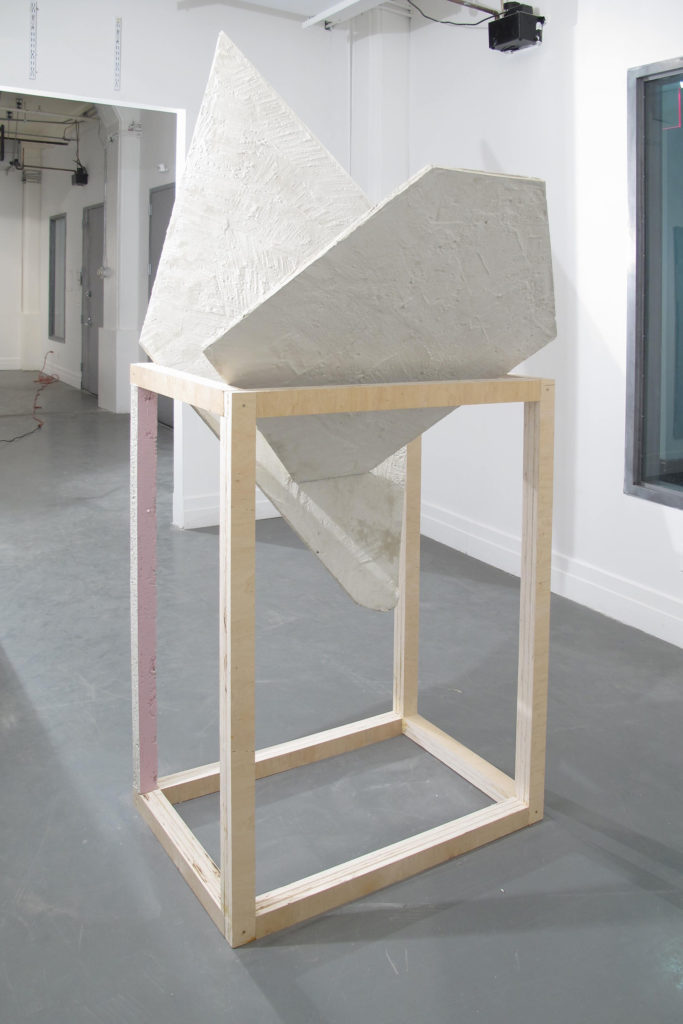
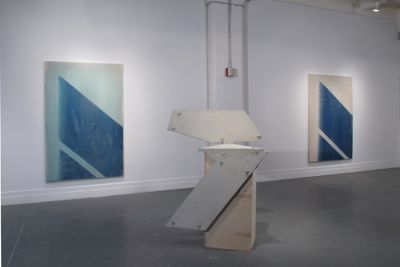
above: Harry and Pete, 2011
Installation view: concrete sculpture and cyanotype on canvas.
left: Harry Valencia, 2011 Concrete, wood, spray paint 91½ x 39½ x 50 inches Installation view of Harry and Pete, Dumbo Arts Center, Brooklyn, NY, 2011
The Illusion of Plans, 2010
Dorsch Gallery, Miami

Foreground: (Not) Architecture: Partial Walls for Dorsch Gallery Rammed earth walls 3 x 37 x 12 feet total
Background: The Illusion of Plans 1, 2, & 3 Stretched indigo-dyed cheesecloth 21 x 21 inches each
Indigofera Tincoria Indigo plant on 36 x 12 x 12 inch pedestal
The Illusion of Plans examined natural, economic, and political histories in southern Florida through the indigo plant. Once cultivated as a dye, indigo now grows like a weed in Florida. The exhibition was the result of expeditions to locate indigo plants; encounters with local botanists and horticultural bureaucracies; and the unearthing of indigo’s horrific history of exploited labor and enslavement. Workbench-height earthen partition walls followed lines on the floor of the gallery, a former lamp factory.
(Not) Architecture for the Kunsthalle, PS1, 2010
Rammed earth (Miracle-Gro Potting Mix and Portland Cement)
Part of MOMA PS1’s Greater New York 2010
144 x 15.5 x 15.5 inches each
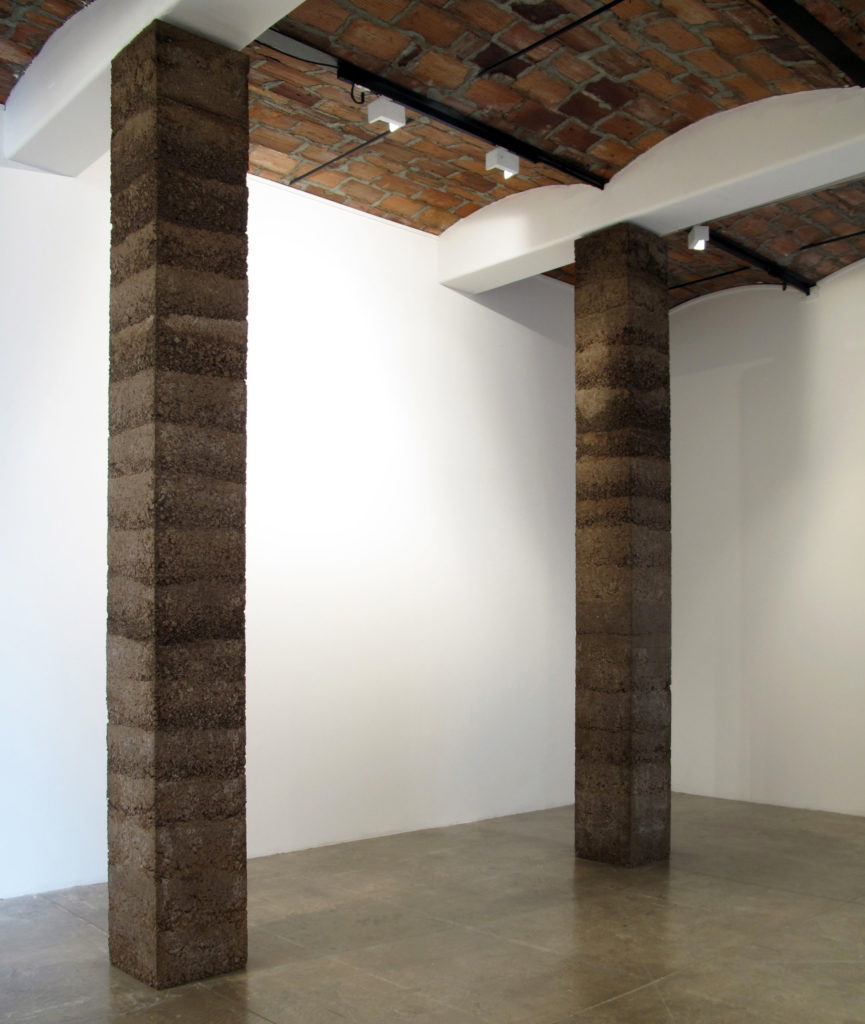
For my site-specific installation, I considered PS1’s history as a public school turned exhibition space. I focused on the architectural changes made to alter its institutional status, which involved the removal and construction of internal walls. I built two earthen columns of the same proportions as those hidden in the building’s walls. My columns, made of Miracle-Gro potting mix purchased at a local hardware store, did not reach the ceiling—they ended about two inches short. The logic of site-specific architectural intervention was inverted so that my non-supporting columns were in fact nothing more, and nothing less, than sculptures.
Sculpture Seminar: Concrete Boatbuilding:
Its Technique and Its Future, 2009
The University of Trash, Sculpture Center, Queens, New York
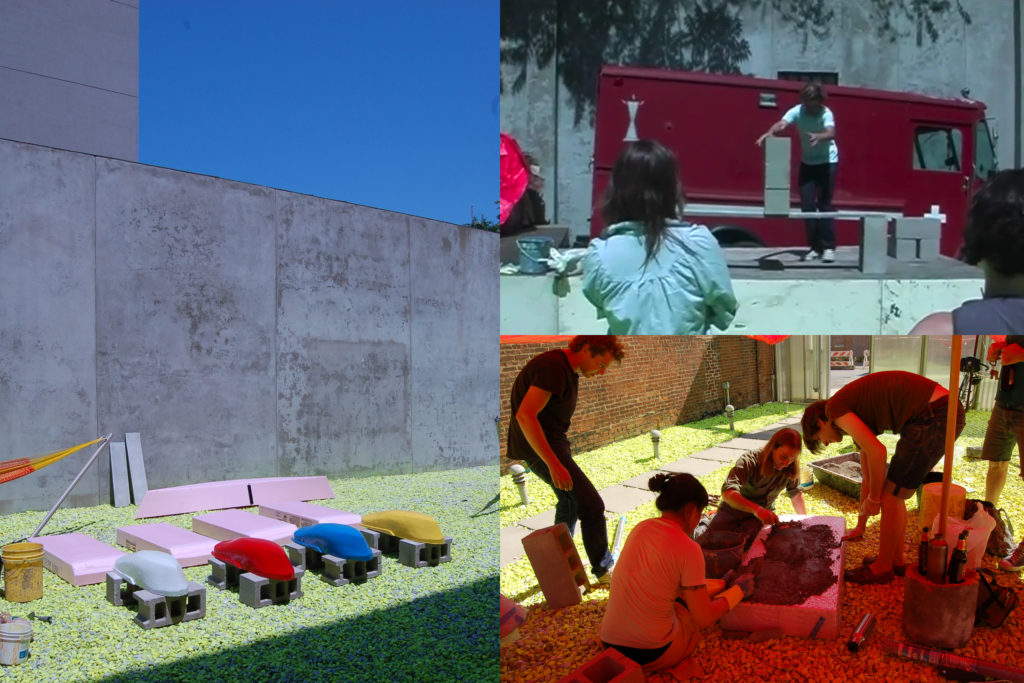
For this public seminar, held over the course of three consecutive Sundays, participants made their own small-scale concrete tugboats and barges. We then launched our concrete flotilla in Newtown Creek, adjacent to the Sculpture Center.
The Concrete Boat Project, 2009
Malibu, California
Ferrocement (beach sand, white Portland cement, and steel)
approx.: 13 x 5 x 5 feet
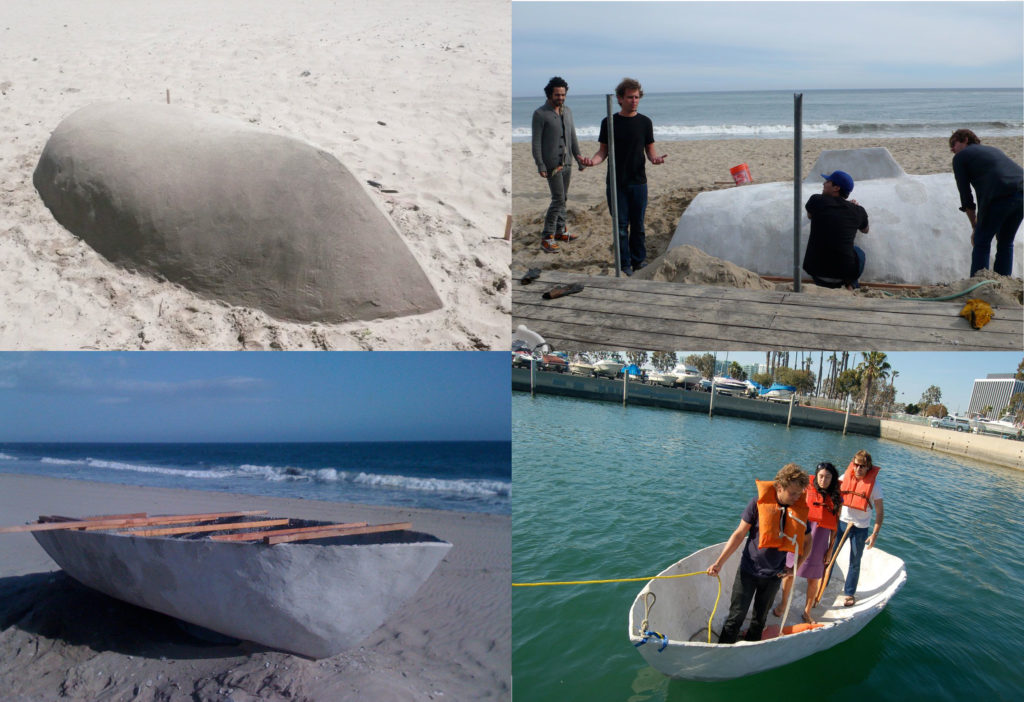
Over two weeks in April 2009, I constructed a 13-foot concrete boat on a beach near Los Angeles. I followed the process of sand-based building described in the 1971 edition of The Whole Earth Catalog, and based the boat form on the Guppy 13,produced in the early 1970s by Melen Marine in Chatsworth, California. Bas Jan Ader used a Guppy 13 in 1975 for his final work, In Search of the Miraculous.
We launched my boat on April 19 at the Marina Del Rey Municipal Boat Launch. It returned safely to port after a day cruising the marina.
Case 111.1-8, 2007
Glass, copper, lead, wood
Total dimensions: 90 1/2 x 19 1/2 x 38 inches
Installed as part of A for Alibi
De Appel, Amsterdam, 2007
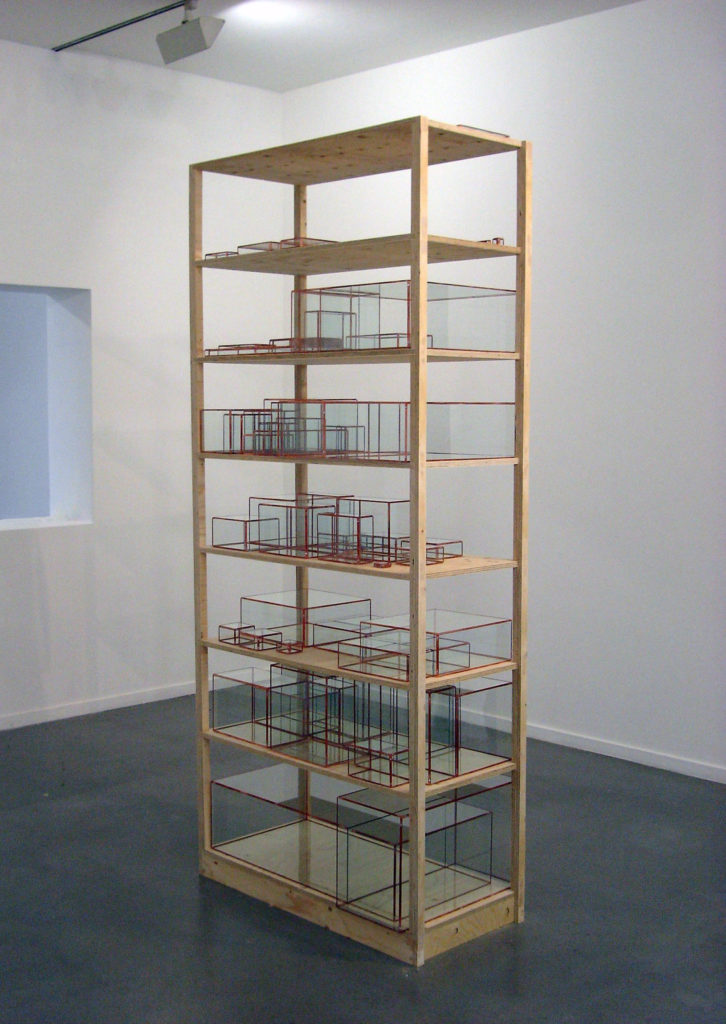
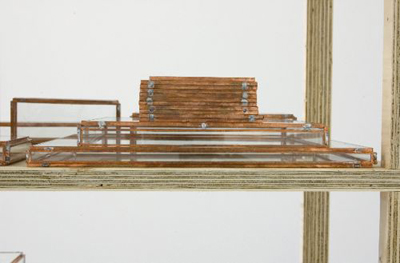
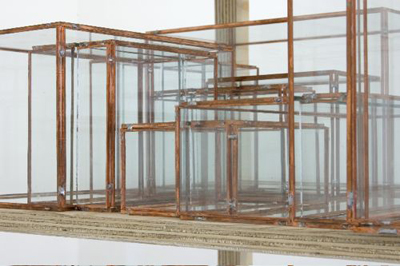
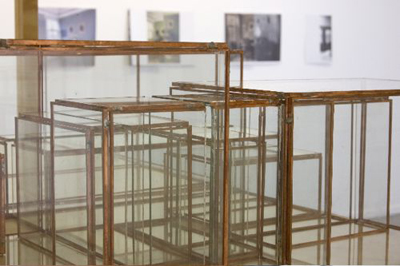
This shelf’s 84 interpenetrating copper-and-glass boxes are based on the dimensions of every object on Shelf 111 in the Utrecht University Museum’s collection of scientific instruments. The dimensions of the objects are the only information made available by the museum, which has never published a complete catalogue or images of its holdings.
House Beautiful, 2007
Adamski Gallery, Berlin

Installation view—
Foreground: House Beautiful, 2007 Brass and glass 45 x 38 x 30 inches
Background: photograms made using House Beautiful
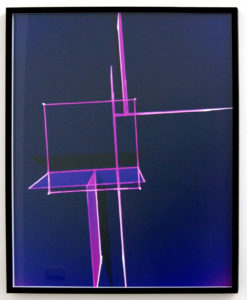
Composition No. 1; Composition with Red and Black, 2007 Color photogram (filter yellow) 40 x 30 inches
FLASHBULBS: The Central Library Project, 2005 Leuven, Belgium,
Vinyl lettering on existing lighting fixtures.
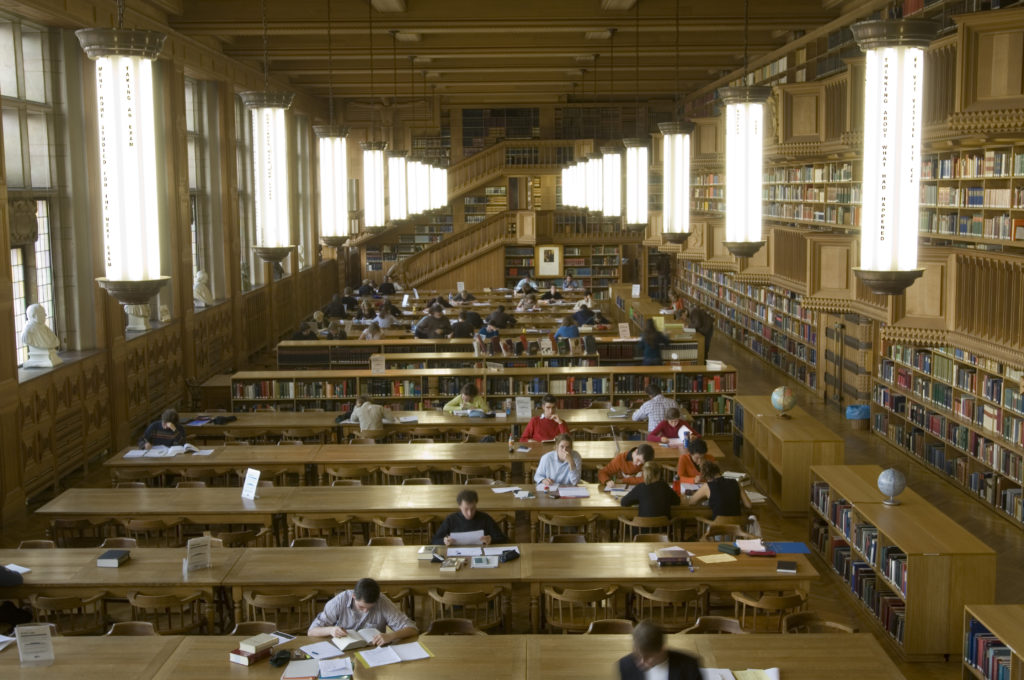
Flashbulbs was a durational installation of vinyl lettering on existing light fixtures at the Central Library of the University of Leuven. The University’s medieval library was destroyed in the First World War and its replacement, a dedicated war memorial, was leveled in the Second World War. The present-day library acts as memorial to both wars. For this installation, I surveyed library visitors about memories of significant events (called “flashbulb memories” by some psychologists). The results were affixed to the 132 exposed fluorescent tubes of the existing fixtures in the main reading room. As the bulbs burned out they were replaced by the university; as of October 2013 no “flashbulb memories” remained.
